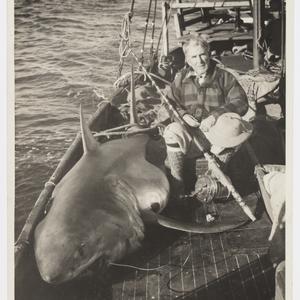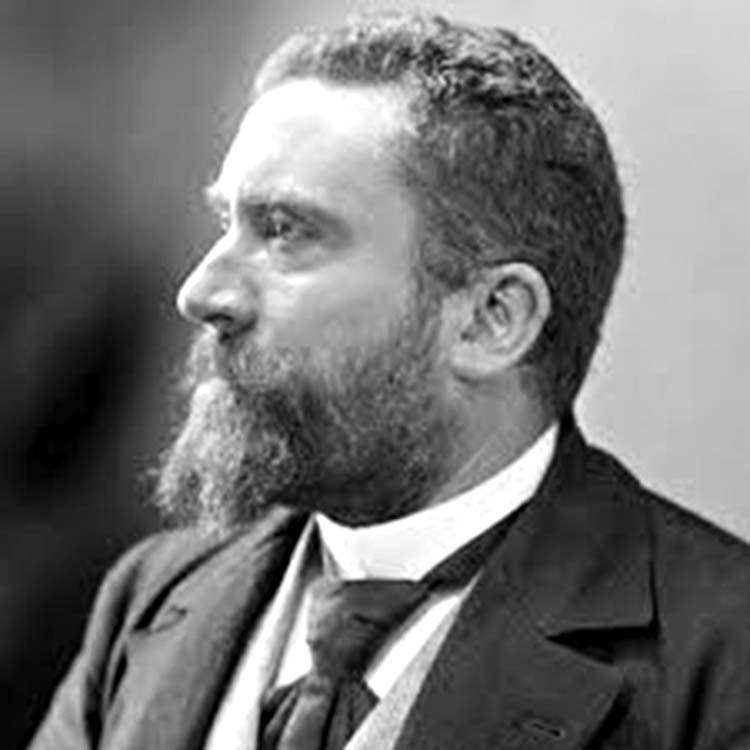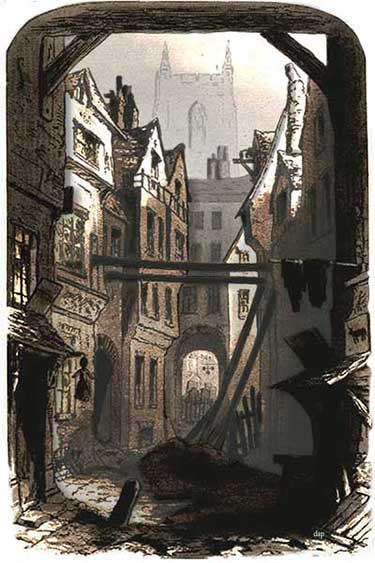Memo to President Biden: One way to facilitate the end of the current Gaza Massacre is to sanction Netanyahu and his cronies while disrupting his Shekels to Switzerland mule train. In the same way the USA has sanctioned the Russian Oligarchs. Get him to prove you wrong, Mr President; meanwhile just pick his cronies off one by one – and see who screams. Then sanction them.

The European Union is obviously getting sick and tired of Netanyahu’s posturing. The European Union has indicated it will release 50 million euros (USD54 million) to the U.N. agency for Palestinian refugees next week, after the United States and other countries paused their funding due to Israel’s allegations that a number of its staff were involved in the October 7 attacks. Yes, Senator Wong you can stop shielding your eyes from the Gaza famine, come out of your pose of timid pomposity and follow the humane lead of these other countries.
The long drawn out trial of Netanyahu has revealed a man who has walked for many years on the dark side of humanity – a man accused of secret accounts, accepting bribes, a propensity for pink champagne and cigars as he plans the importance of this trade in Palestinian lives for his freedom from conviction and custodial sentence.
Ask Arnan Michan, the Hollywood film producer, for starters without forgetting James Packer’s loveable contributions. Once reported in the AFR “… as a recent Israeli citizen (who) happens to live next door to Benjamin Netanyahu in Tel Aviv. James, you are now the first non-Jewish Zionist in history.” This media statement was subsequently denied, but what does it matter in this world of misinformation of which this cute Bibi is a past master.
I was also drawn to this report from the Swiss Broadcasting Corporation a decade ago, during a time when the world was not completely aflame with misinformation and the cynical destruction of human life to preserve the Bibi skin. In part, the Report read:
About one-fifth of the Israeli economy, or 200 billion shekels ($53 billion), is estimated to go unreported, more than twice the U.S. rate, according to a World Bank study. Israeli tax authorities say some of the unreported income is in accounts Israelis maintain abroad.
“There are media reports about ongoing tax investigations of Israeli citizens by the Israeli Tax Authorities,” UBS said in an e-mailed statement. “UBS is not subject to these investigations. We have no further comment on this.”
The UBS adviser was responsible for managing Israeli accounts. He was arrested in Tel Aviv in June and is suspected of intentionally helping clients evade taxes, the Tax Authority said.
According to investigators, the adviser would come to Israel to meet clients because they didn’t use telephones, e- mail, or faxes to communicate with the bank to avoid detection. He was arrested with a client after they met at a Tel Aviv hotel. His hotel room and UBS offices in Israel were searched, and a list of hundreds of Israelis with unreported accounts in Switzerland was found in his possession, according to the Tax Authority.
I doubt if anything has changed.
Further, there is a large cohort of rabbinical thought from the ultra-orthodox about the justification for not undertaking national service – another initiative by Netanyahu for humanity – his own. And I forgot. Arab Israelis are exempt from service as well. You see, well balanced, although there is some suggestion that the Netanyahu support from this ultra-orthodox exemption depends on him getting the requisite support in the Knesset to stay in power. Hey, Bibi, I’ve got an idea – exempt everybody from National Service – and then you should get everybody voting for you, using your impeccable logic. As someone opined recently, war has never solved anything in the Middle East.
In the meantime, now that the Israelis are gunning down the famished Palestinians by the lorry load, and Hamas has revealed that Israeli “friendly fire” has allegedly killed eight more hostages, the Israeli apologists too are being wedged into a space say, the size of Rafah, where over a million Palestinians have been herded. Well, metaphorically, at least. All in the end for the defence of Netanyahu. Feeling comfortable, are we?
Hans Christian Burgess
There he was, on the stage, regaling us his updated version of the Ugly Duckling.
Right now, there is a particular team in a particular foreign intelligence service with a particular focus on Australia – we are its priority target. Many of the people here tonight are almost certainly high value targets. The team is aggressive and experienced; its tradecraft is good – but not good enough. ASIO and our partners have been able to map out its activities and identify its members.

We call them ‘the A-team’ – the Australia team.
…
Several years ago, the A-team successfully cultivated and recruited a former Australian politician. This politician sold out their country, party and former colleagues to advance the interests of the foreign regime. At one point, the former politician even proposed bringing a Prime Minister’s family member into the spies’ orbit. Fortunately that plot did not go ahead but other schemes did.
One year ago, Mr Burgess was reported (sic):
On February 21(2023), Australian Security Intelligence Organisation (ASIO) Director-General Mike Burgess delivered his annual threat assessment, stating that ‘more Australians are being targeted for espionage and foreign interference than at any time in Australia’s history’. He referred to a recent removal of a ‘hive of spies’ in Australia by ASIO and described efforts to battle foreign interference as presently feeling like ‘hand-to-hand combat’.
The Director-General also made particular mention of ‘senior people in this country who appear to believe that espionage and foreign interference is no big deal; it’s something that can be tolerated or ignored or somehow safely managed.’ He said: Individuals in business, academia and the bureaucracy have told me ASIO should ease up its operational responses to avoid upsetting foreign regimes…in my opinion anyone saying these things should reflect on their commitment to Australian democracy, sovereignty and values.
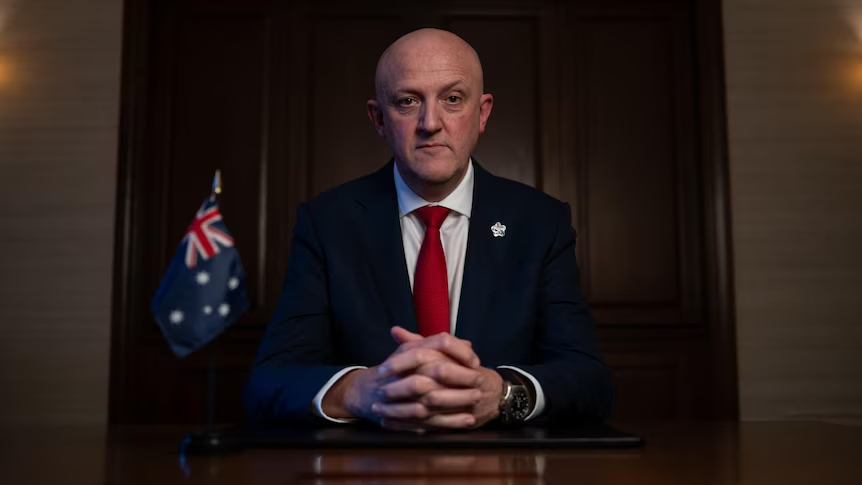
Now just who is this head spook, who seems to emerge as the budgetary processes are in full swing. Presumably these February utterances are designed to ensure he gets a bigger slice of the budgetary pavlova. At the same time, he sows uncertainty in the community, and about de facto traitorous activity and nobody seems to have done anything about it.
Who is the ludicrously described A-team. Who plays Mr T.?
The problem with spooks is that they have a tendency to fantasise, and while not accusing Burgess of being one such, it is important that the facts of the matter with names attached are disclosed. It is intolerable that the Government has been so seemingly inert in the face of treason.
One man, an English expatriate stands up and besmirches Australia without Prime Ministerial rebuke. Instead, the Government Ministers seem to condone this behaviour. Here is a man who in his speech characterises Brigadier Spry’s embarrassment, the then Head of ASIO, because some old codger, a relative of one of the ASIO men refused him entry to some function because he didn’t have his identity card. Really, is that worth reporting except to illustrate the ludicrous piddling nature of ASIO?
Well, what do I know? Not much since ASIO tried to actively recruit me in 1960 I can only hypothesise. The leopard has the same spots despite there being six inquiries in the security services since that time. The ASIO operatives in my day were fanatically anti-communist, and I suspect the dial has not shifted that much – if at all.
Whitlam was the only Australian Prime Minister who has called out ASIO. The tension between Whitlam and his then ASIO Chief, Peter Barbour, was demonstrated when Whitlam banned all contact with the CIA. Barbour conveniently ignored the directive and went underground. At least Whitlam tried to control his phantasm of spooks with a modicum of success followed by a bucket of failure. He was never able shake to off the CIA interference.
Now Barbour was a product of Trinity College at the University of Melbourne, known then for recruiting College members to be operatives. Attempts were made to recruit me when it was suggested that I file a report about visiting Russian students. I was not sure why I was approached, apart from being a Trinity College student, the then President of the Student Representative Council and having shared a study with Sam Spry, aka Ian Charles Folkes Spry, Brigadier Spry’s son, the previous year.
I was flattered given that the approach was initiated by Michael Thwaites, then Spry’s deputy, through his son Peter Thwaites. Michael Thwaites was also a highly regarded poet. Both father and eldest son were linked closely with Moral Rearmament, an anti-communist organisation headed by Frank Buchman who had, in an unguarded moment, once expressed admiration for Hitler before War II.
I met with ASIO operatives in the old Theosophy building in Collins Street, was shown a few news clips and other miscellany, and then went back to College. I did not accept the offer, if there was an offer – and as far as I was concerned, that was that. I was never aware that I was proscribed after that. Anyway, I’m not concerned at being frank, naming names and disclosing the facts as I experienced them.
Thus, I have some insight into the world of spooks and gabardine overcoats, albeit long ago. However, I would suggest a relevant observation, Mr Burgess, given your tale does not suggest you are talking about a cybersecurity breach, but one of interpersonal treasonous behaviour by not one person but an undisclosed number. Australians have a right to know why you have not seen fit to disclose such information. Your reasons may satisfy a pliant Minister, but not the Australian community.
Incidentally, I find objectionable the gratuitous comment by the smug Senator Paterson who says he has a good idea who the traitor is. Mate, this is treason. Everybody must stop being coy.
Now, Master Burgess, oh you spinner of tales, we know that you are not referring to yourself. You said the unnamed man was a former politician.
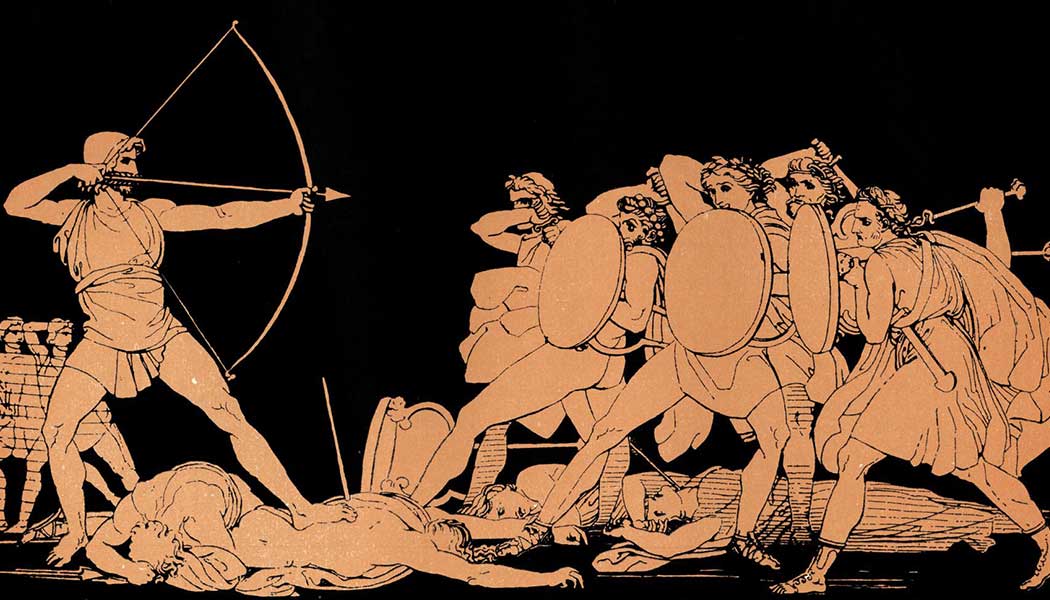
Here we go Again!
When I was undertaking the Rural Stocktake for the Department of Health in 1999, I wrote the following of what a successful Aboriginal health program had achieved. My reference to the Kempsey-based Aboriginal Health Service is mentioned together with the then Marlba Environmental Health Unit based at Port Hedland. At that time, the Aboriginal leadership in these two programs was strong and hands-on. One of the problems with most Aboriginal Health programs is the lack of tangible ongoing results. Succession planning in terms of Aboriginal workforce management adopted from us whitefellas as distinct from the whole business of culture preservation has been a difficult concept to perpetuate in rural and particularly remote Aboriginal Australia.
At the time I wrote:
A model of a good Aboriginal environmental health worker program is that at Marlba Environmental Health Unit at Port Hedland. Marlba provides a visiting service to each community three monthly for a one-week stay. The services provided are solid waste and land management, water and sewage management, managing the dog program, zoonotic disease control, and helping people with housing advice. Homeswest starter kits are provided for new home occupants, and Marlba encourages stores to stock the products. A nursery is being established for the land management program, using both exotic and native plants.
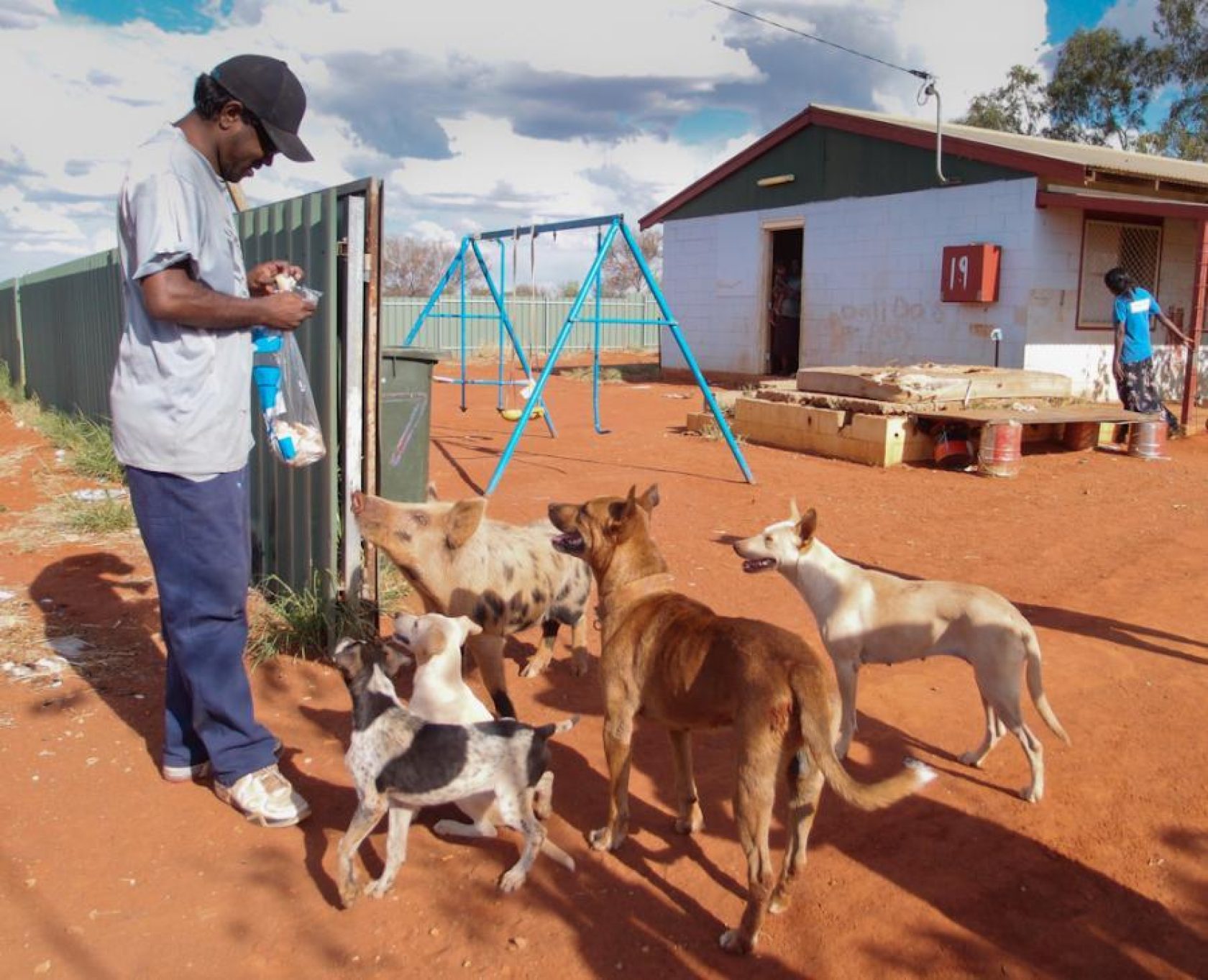
The training of Aboriginal environmental health workers is undertaken locally through the Pundulmurra College. While a certificate course is available at Pundulmurra and locally in the Kimberley and the Midwest/Gascoyne, other courses are provided elsewhere in Australia – at diploma level (Batchelor College in the Northern Territory), and at degree level (Cairns TAFE). On a budget of $363,0000, eight are employed in Port Hedland, (three being funded under CDEP). There are three field support officers – two in Marble Bar and one in Roebourne. All the current officers are Pundulmurra trained. While there are no entry educational standards, literacy and numeracy are highly desirable, although there are a number of surrogate measures. There was a meeting convened in Port Hedland proposed to investigate national standardisation of the environmental health worker courses.
The morale is high and there is evident pride in the Marlba Environmental Health Unit uniform. A display of the activity was prepared to show me the variety of skills. There is an emphasis on generalist skills. The equipment is appropriate – they have a Bobcat, a truck, and dog cage. They have embraced the appropriate technology – such as the insertion of microchips into dogs to monitor coverage.
Much of the success of the program can be ascribed to the leadership of the Senior Environmental Health Worker, and as with the example of the Durri Health Service, the common thread is leadership – an ability to garner respect from both the indigenous and non-indigenous communities.
I have searched around for some meaning of Marlba, and I’ve only found one reference in that country stretching between Kalgoorlie and the Kimberley including the Gascoyne Region and the Western Desert. The Kalaku location is described as (sic): Grass Patch to north of Widgemooltha; east to the red ochre deposit west of Fraser Range; west to Bremer Range; north of Norseman towards Cooigardie Both ‘Marlba’ and ‘Kallaargu’ are described as separate dialects of one language, Ngatjunrna. Morphy includes Ngatjunma as part of Karlaku.
This week, I could not find any reference to the Marlba environmental health unit (a Marlu Environmental unit is mentioned with scant details and seems to be headquartered in Perth with no mention of what it does). The Pundulmurra College TAFE still exists and offers some trade courses such as carpentry, but it is hard to judge the actual effectiveness of this TAFE apart from its obvious advocacy role.
I raise this because of the Federal government wanting to replace “sit down money” aka the Community Development Program (CDP) (a work-for-the-dole scheme, requiring unemployed people to work five hours a day, five days a week in supervised work or training). A failure, an expensive failure.
Nevertheless, here we go again.
The Albanese Government has announced a new Remote Jobs and Economic Development Program (RJED) that will help close the gap in employment outcomes by creating 3,000 jobs in remote Australia. This $707 million investment is the first step in delivering on our commitment to replace the failed Community Development Program (CDP) with real jobs, proper wages, and decent conditions.
As usual, preparatory for this funding, there was a round table discussion with the usual wish list. No methodology, just handing out the money cloaked with a new acronym, but basically the same handout. The problem I have found with Canberra bureaucrats is that they want to shovel the money out as quickly as possible irrespective of its management and realistic outcome. Then the Audit Office tumbril rolls in a few years later and slammed the administration and the project waste. Then there is always fraud uncovered.
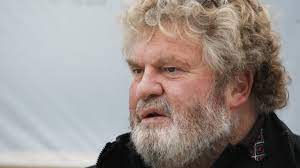
Geoff Clark, chair of ATSIC until it was disbanded in 2004, together with members of his family, had been set down for trial in the County Court last year on 476 fraud charges but the charge seems to have vanished from that Court’s schedule. Suppressed for some reason? Why? One can only speculate. Nevertheless, Aboriginal funding has not been a happy place.
It is one thing to have great ideas, and have a generous allocation of money, but it is another for Aboriginals to accept the rules of good management and not fritter the money away as one family’s income until that family is kicked out and another family takes over the money pot.
That was why I highlighted in a little detail that project while briefly mentioning the other in my Stocktake. Each project was run objectively without any evidence of malfeasance by an Aboriginal person. I saw the West Australian program on several occasions and travelled with the Director as far as Jigalong in the Western Desert.
In the Durri program, the manager had been able to ride the family disputes over ownership and hence retain control of the funding.
The problem with so many of the programs is that management is given over to whitefellas, who run the program without any idea of meaningful delegation, let alone succession planning so they can plan their own redundancy. Since some of these whitefellas are themselves marginal in the conventional workforce, retention of a person with appropriate skills in any remote Aboriginal community is essential for successful outcomes.
I don’t underestimate the difficulty. I can only reflect upon my long association, but I have not covered every community in Australia. The term “First Nation” is in many ways a misnomer, because there is a wide diversity in the Aboriginal population despite its modest size. I have never been to the Tiwi for instance (that was an oversight I regret); and from a distance the Tiwi seem to be well organised. But this is the problem with being a whitefella, one often only seen from afar – participating in Canberra round tables in an air-conditioned environment.
What does Australia Share with Monserrat?
A question was asked in the regular set of impossible questions in The Guardian Weekly. What do Australia, Fiji, Hawaii, New Zealand and Tuvalu have in common? The answer is each retains the Union Jack in their flag. Here we have Australia and the New Zealand in amongst the tax haven minnows of the increasingly threadbare British Commonwealth.

Apart from Hawaii that is. In 1816, King Kamehameha commissioned the Hawaiian flag, Though Hawaii’s independence was briefly challenged, Great Britain sent Admiral Thomas to officially restore and recognise Hawaii’s sovereignty and the official flag was instituted in 1843.
The British never colonised Hawaii, but the King did retain British advisers, and the King had a sense of international politics. The eight stripes, while ostensibly representing the number of islands constituting the Hawaiian archipelago, were the colours of the Tsarist Russian flag, now reintroduced after the fall of the Soviet Union. The King realised the pervasiveness of Russia then in the Pacific Ocean.
Australia needs a new flag even if Hawaii doesn’t; and for that matter so does New Zealand; but the Union Jack zealots remain in sufficient numbers to block any reform. Indifference is the other enemy for change. About eight years ago when New Zealand was seriously considering a new flag, a poll of potential designs for a new Australian flag was done in Australia. There was a focus on replacing the Union flag with the Southern Cross – and recognising that navy blue is not the national colour, most of the designs emphasised the green and gold. Most of them were a mish-mash and not very good. The Eureka flag scored fifteen per cent in that poll. The Southern Cross does not belong to Australia, but to all nations south of the Equator. Yet we seem to have appropriated it.
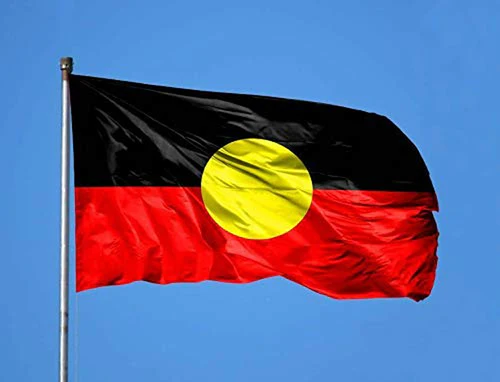
Personally, I prefer the Aboriginal Flag as our national flag. It embodies more of what I love about my country. I do not see much chance of change. But you always can hope.
Mouse Whisper
Emanating from the USA in the past week, a report of one of the worst blizzards ever in the Sierra Nevada.
At the same time, massive wildfires in the Texas panhandle extending into Oklahoma, yet amid snow flurries.
The Australian firm, Woodside, in 2023 had increased its total carbon emissions by over 70 per cent from its 2021 levels.
And the butterfly flapped its wings.
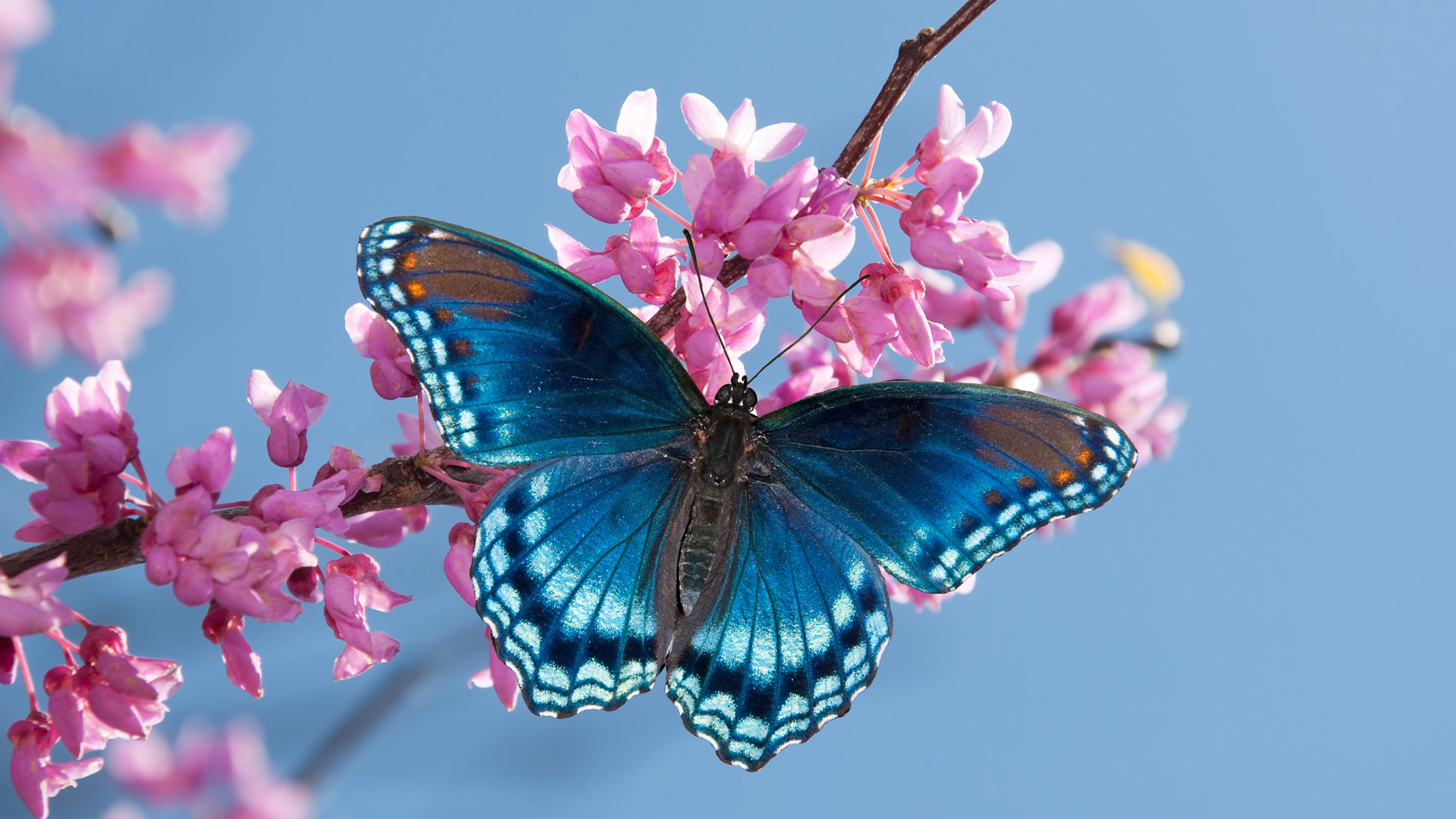





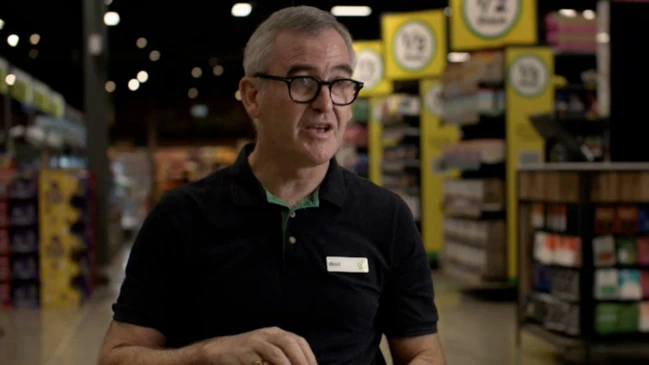

 In reality, it was a glitch in the Horizon software program, which the firm Fujitsu had been contracted to introduce, which they did in 1999. It was a flawed program whereby the governments and public service fought to not only preserve but also perpetuate the litany of wrong decisions. The flawed program indicated that there was a massive malfeasance among the sub-postmasters as revealed by the post office receipts.
In reality, it was a glitch in the Horizon software program, which the firm Fujitsu had been contracted to introduce, which they did in 1999. It was a flawed program whereby the governments and public service fought to not only preserve but also perpetuate the litany of wrong decisions. The flawed program indicated that there was a massive malfeasance among the sub-postmasters as revealed by the post office receipts.
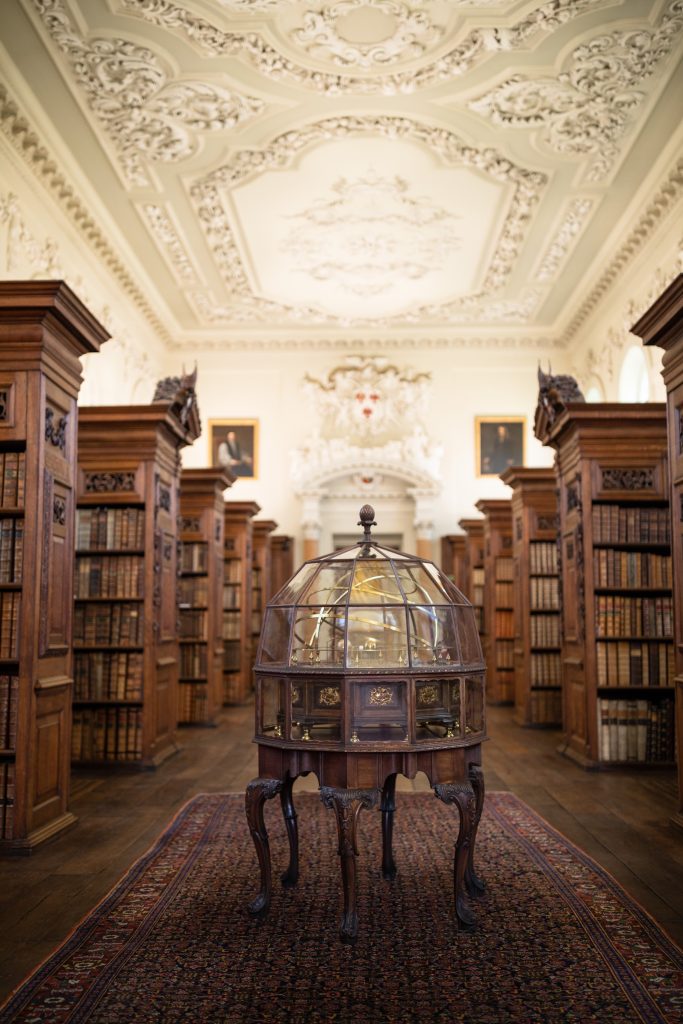
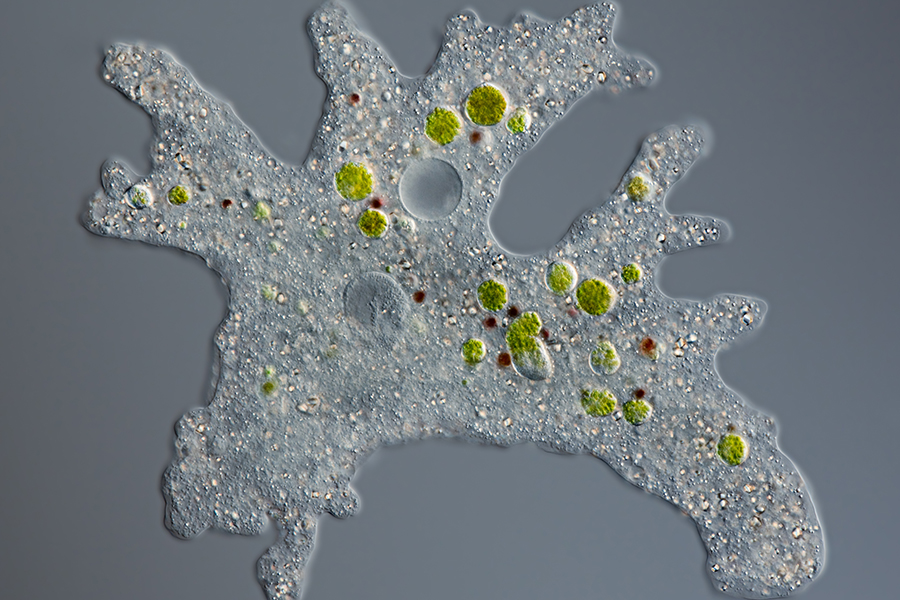
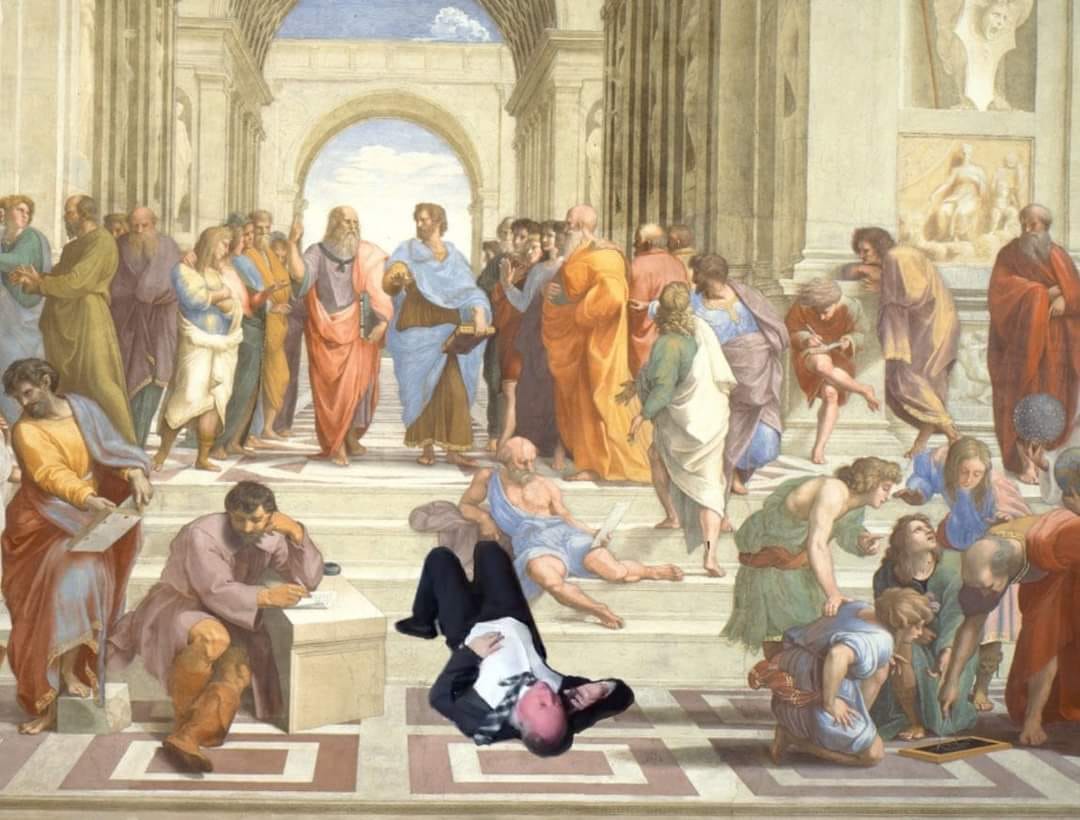
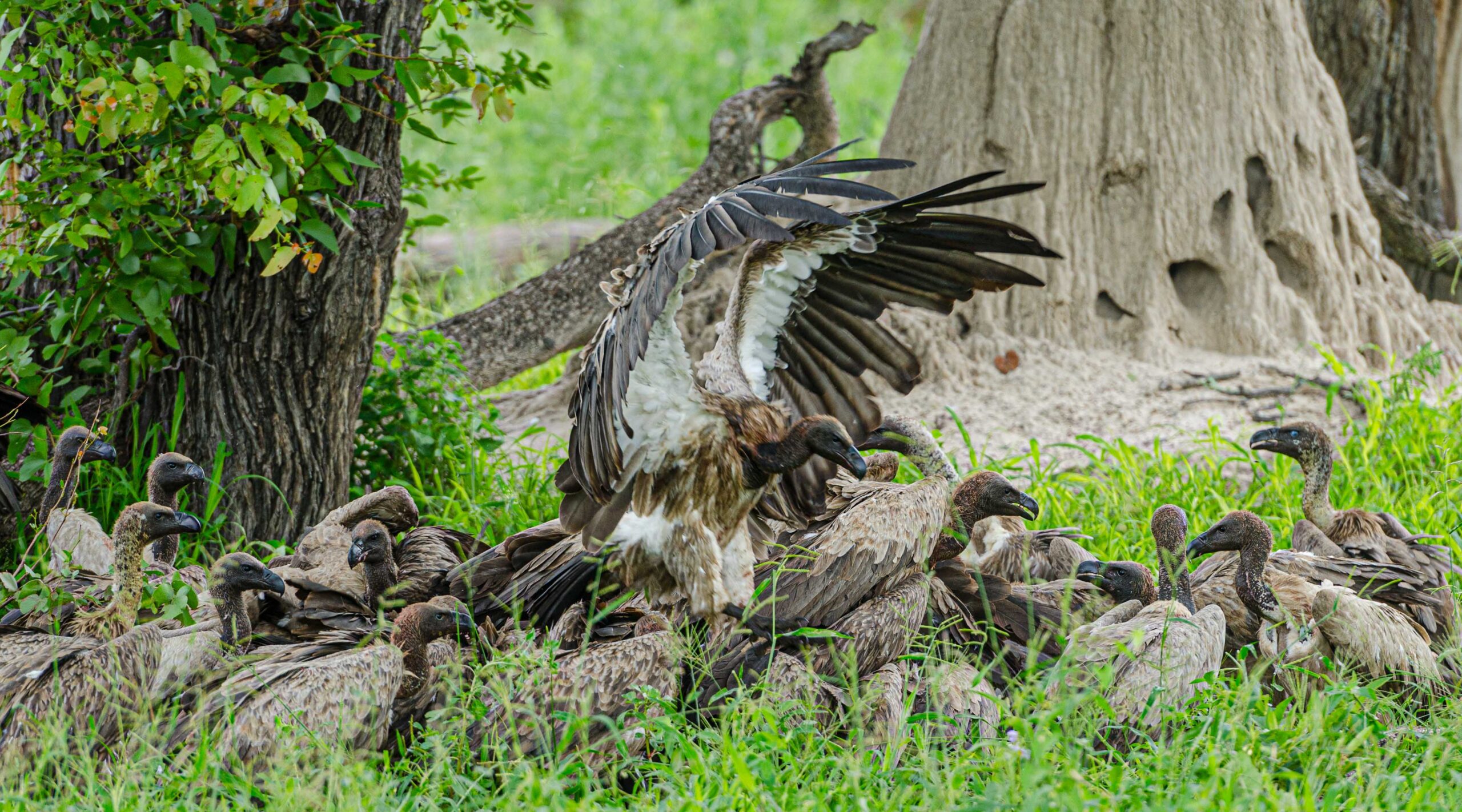
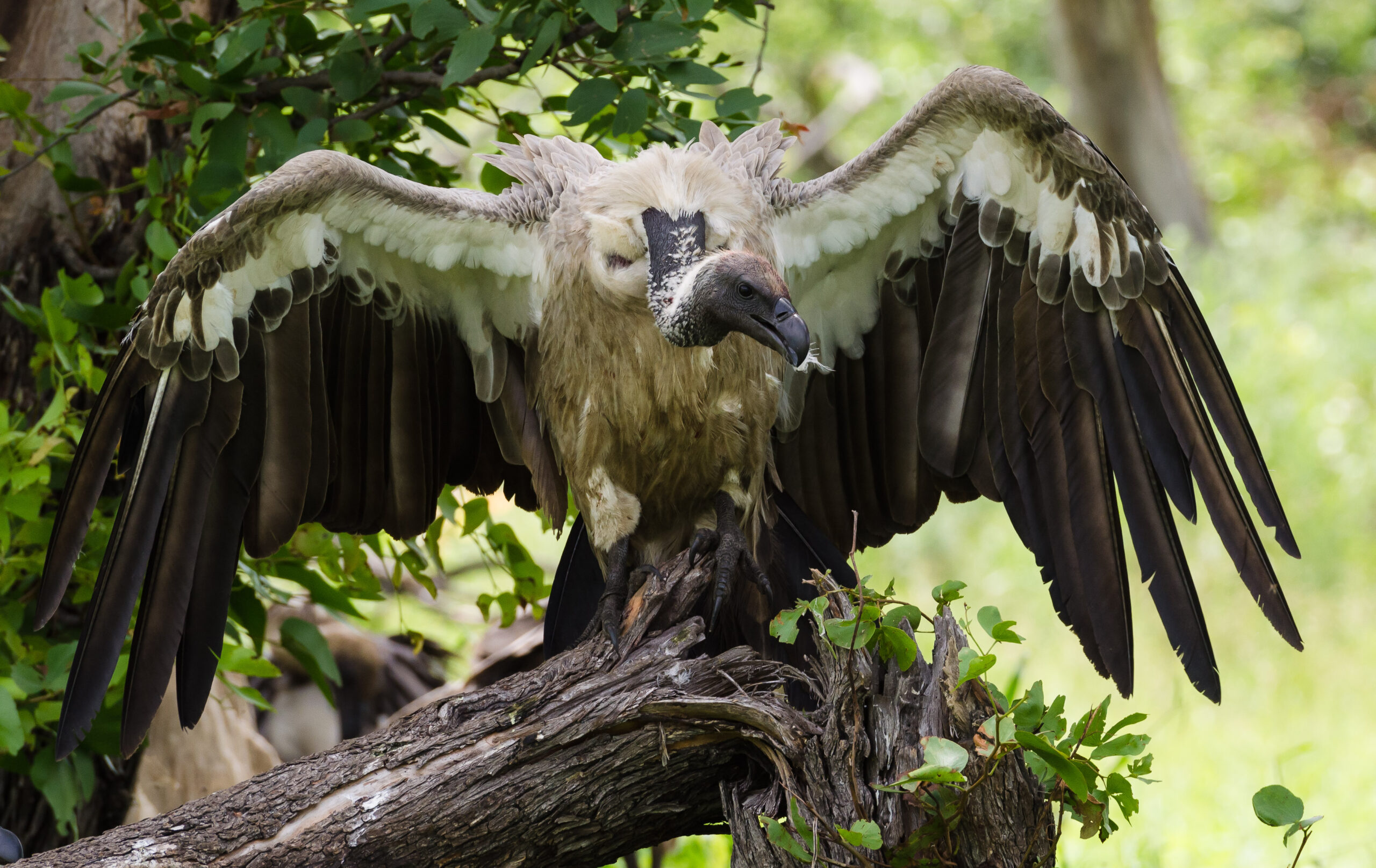
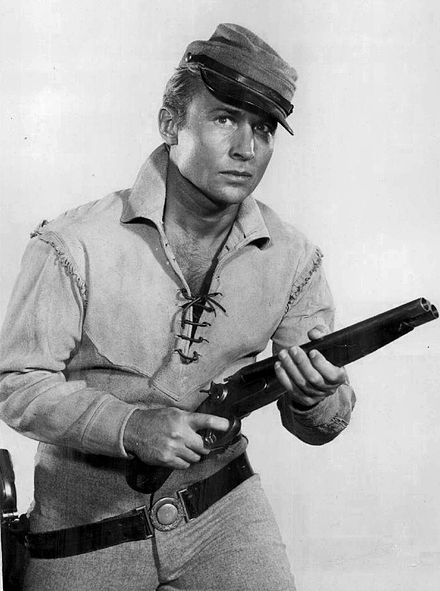
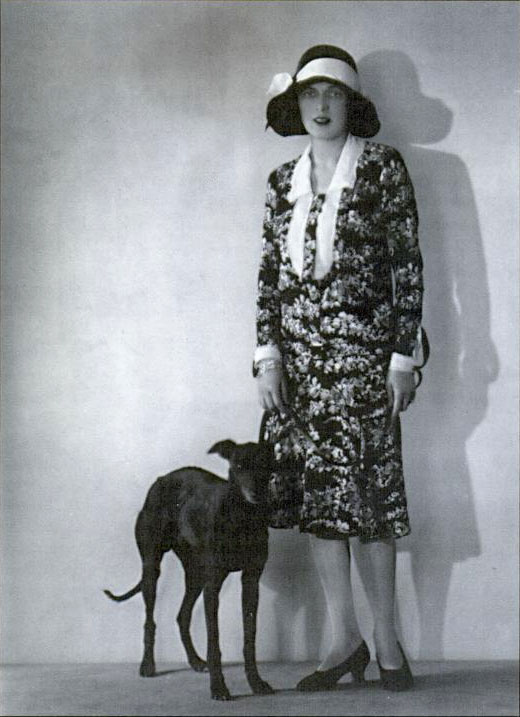
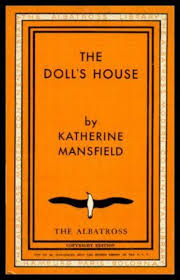 However, the Albatross Modern Continental Library stood out in the marketplace “with an eye for design and colour”, which included the introduction of colour-coding for different categories of books” in the form of fully saturated covers: red for crime, blue for romance, yellow for literary novels and essays, purple for biography and history, green for travel, orange for short stories, and improved typography and modern editorial policies. These modern looking volumes sold in huge numbers, and were the template for The Penguin Books, which Alan Lane started publishing in 1936. Kurt Enoch later went to work for him, after he escaped from Nazi Germany via France, as his American director.
However, the Albatross Modern Continental Library stood out in the marketplace “with an eye for design and colour”, which included the introduction of colour-coding for different categories of books” in the form of fully saturated covers: red for crime, blue for romance, yellow for literary novels and essays, purple for biography and history, green for travel, orange for short stories, and improved typography and modern editorial policies. These modern looking volumes sold in huge numbers, and were the template for The Penguin Books, which Alan Lane started publishing in 1936. Kurt Enoch later went to work for him, after he escaped from Nazi Germany via France, as his American director.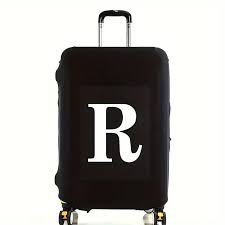
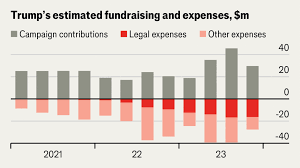 Two of Trump’s committees, Save America leadership PAC and the Make America Great Again PAC, spent $55.6 million on legal bills in 2023, including $29.9 million in the second half of the year, according to the new reports released Wednesday. Washington Post.
Two of Trump’s committees, Save America leadership PAC and the Make America Great Again PAC, spent $55.6 million on legal bills in 2023, including $29.9 million in the second half of the year, according to the new reports released Wednesday. Washington Post.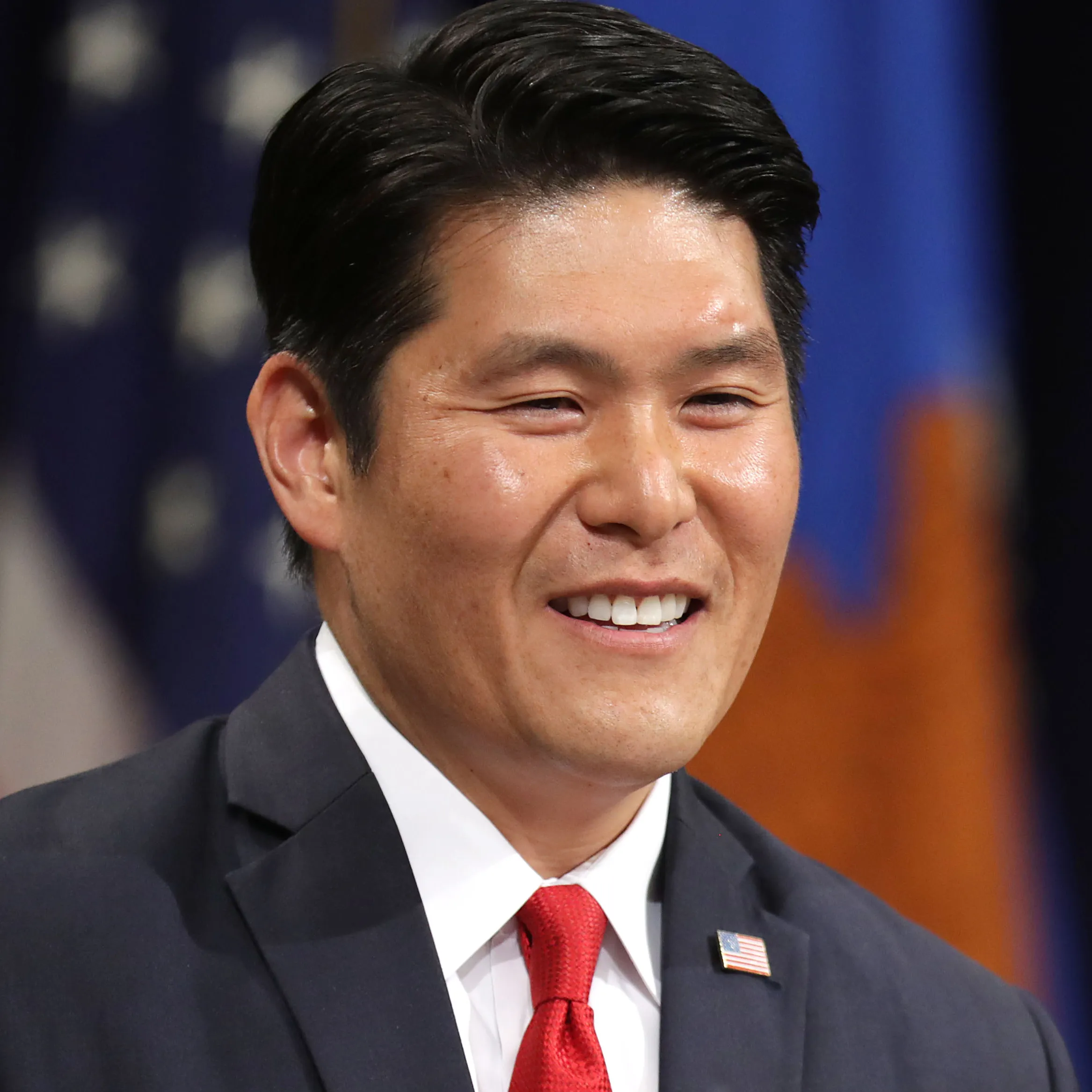

 It was also a time when the Barcelona football team (“Barca”) started on its winning ways, attracting a huge degree of worldwide support. I have visited Barcelona several times since. On one of these occasions, the city was out in force when the Barca football team crowded on the top of an open-aired double decker bus being driven through streets after winning the European Cup. Messi was very recognisable at the front of the team holding onto the bus rail.
It was also a time when the Barcelona football team (“Barca”) started on its winning ways, attracting a huge degree of worldwide support. I have visited Barcelona several times since. On one of these occasions, the city was out in force when the Barca football team crowded on the top of an open-aired double decker bus being driven through streets after winning the European Cup. Messi was very recognisable at the front of the team holding onto the bus rail.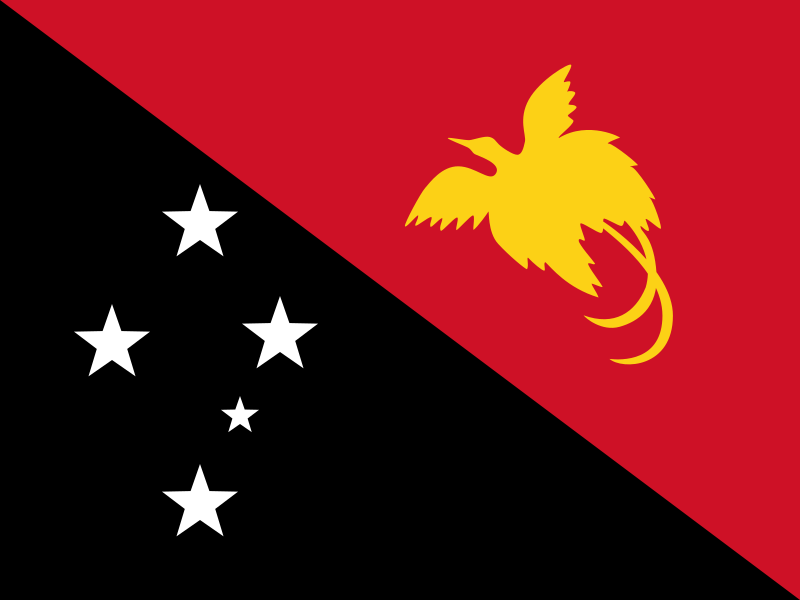
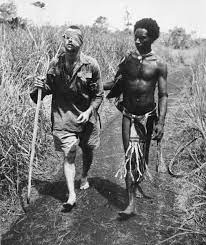
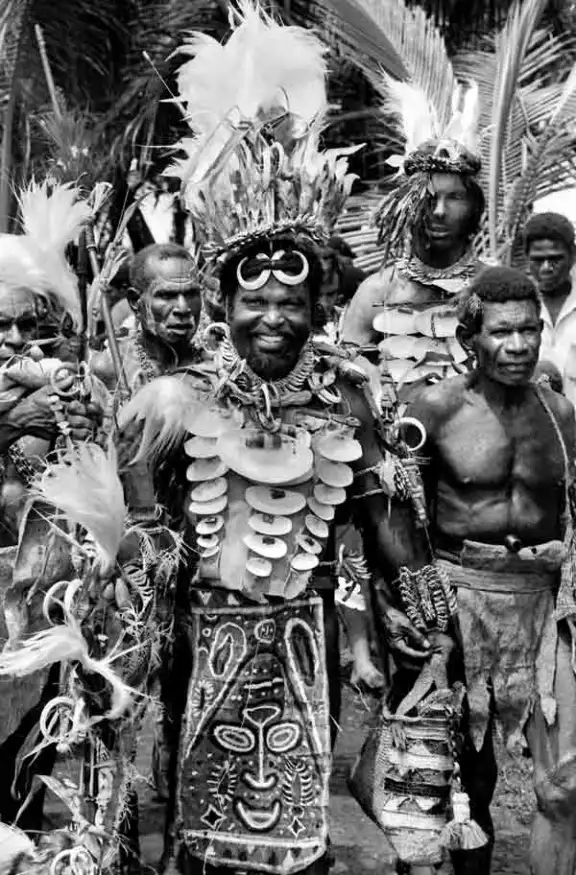
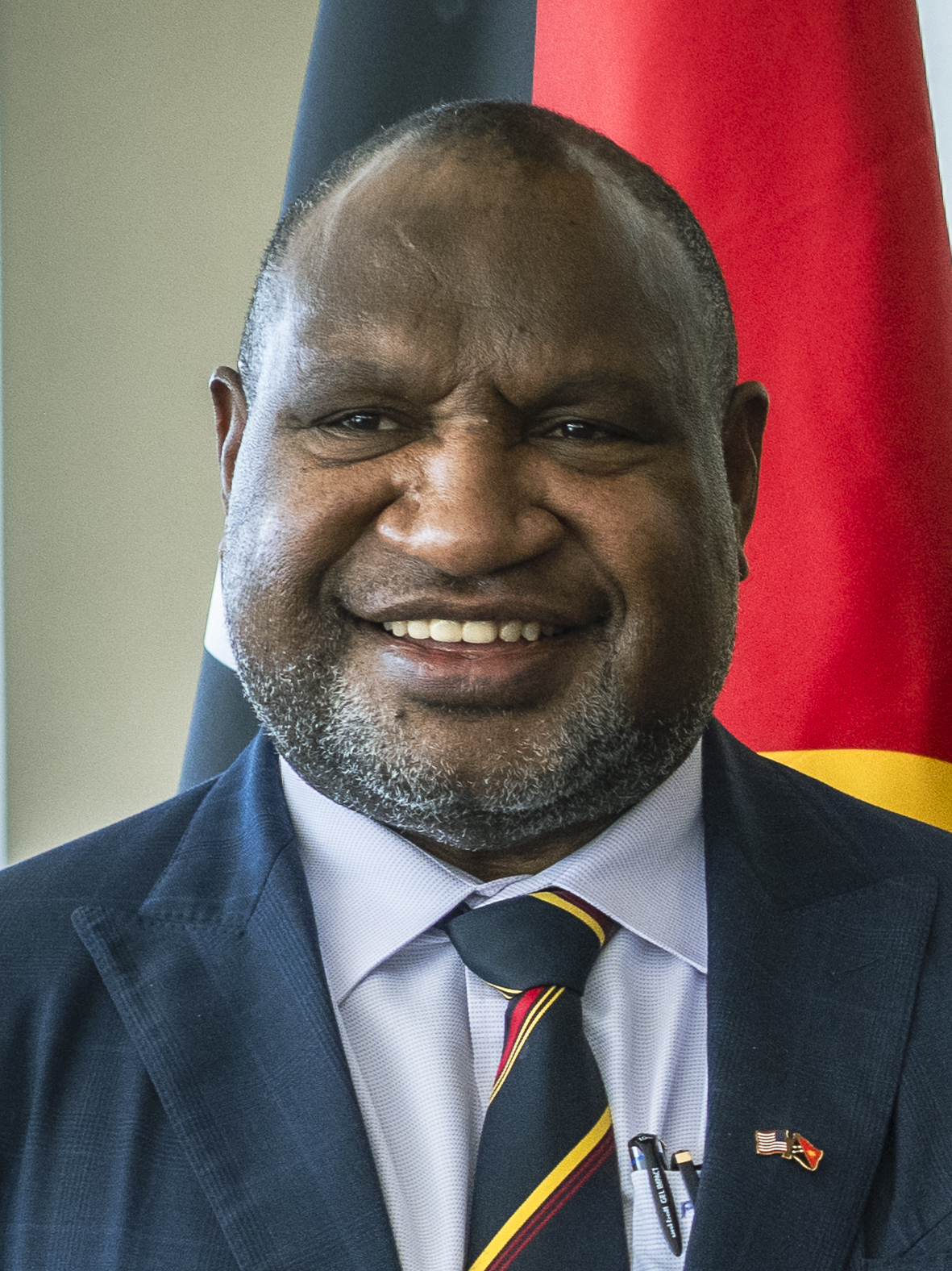

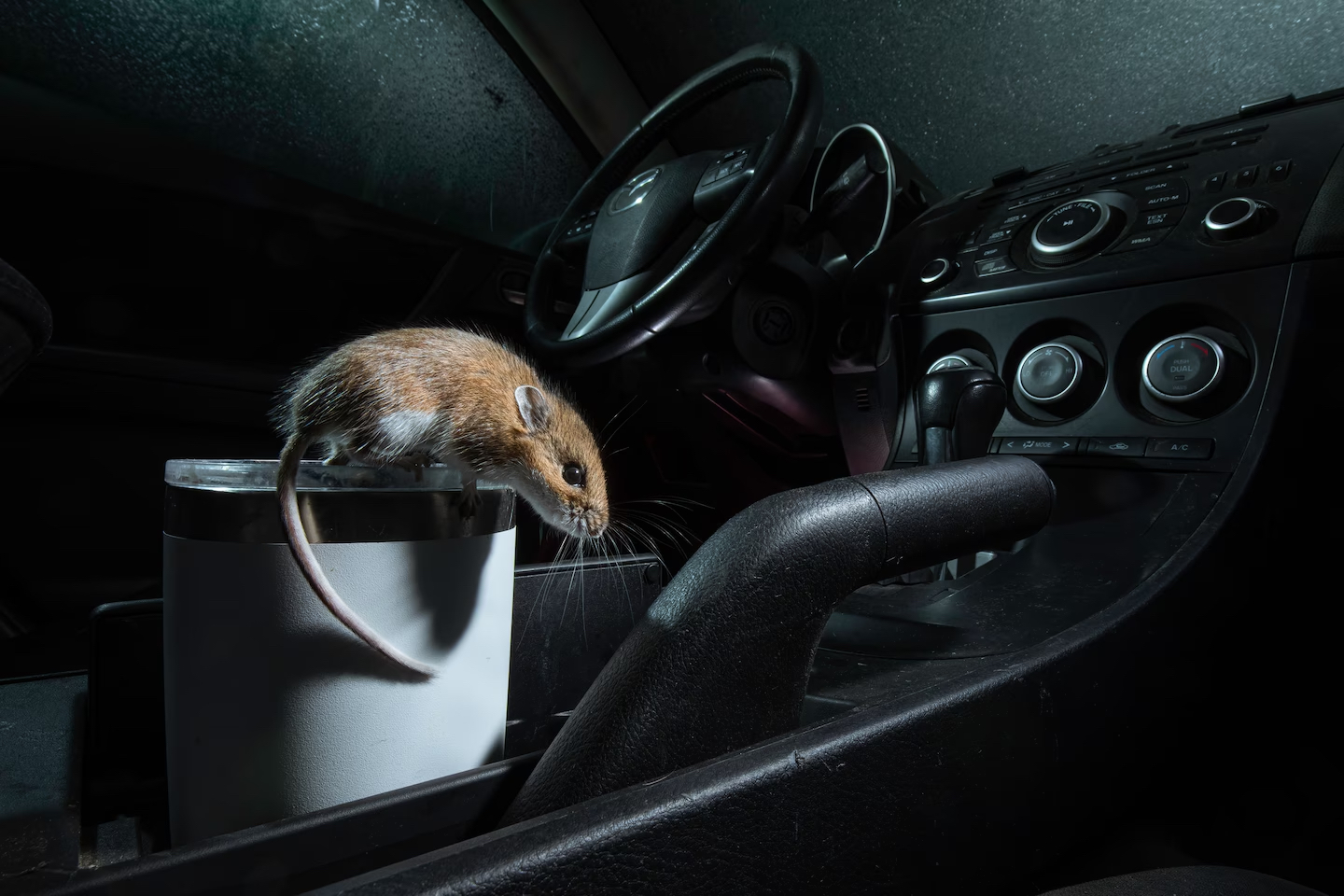
 I was reminded of this when I recently went the Royal Prince Alfred Hospital (RPAH)with a 36-hour nosebleed, which had been imperfectly staunched. I was deposited in a wheelchair to wait six hours to be attended while subject to the torture of the clipboard mania laughably called “quality control”. I, the patient vanished under a pile of protocols, even being admonished at one interval for having the temerity to question the need for blood tests when I had had them done only two days prior
I was reminded of this when I recently went the Royal Prince Alfred Hospital (RPAH)with a 36-hour nosebleed, which had been imperfectly staunched. I was deposited in a wheelchair to wait six hours to be attended while subject to the torture of the clipboard mania laughably called “quality control”. I, the patient vanished under a pile of protocols, even being admonished at one interval for having the temerity to question the need for blood tests when I had had them done only two days prior
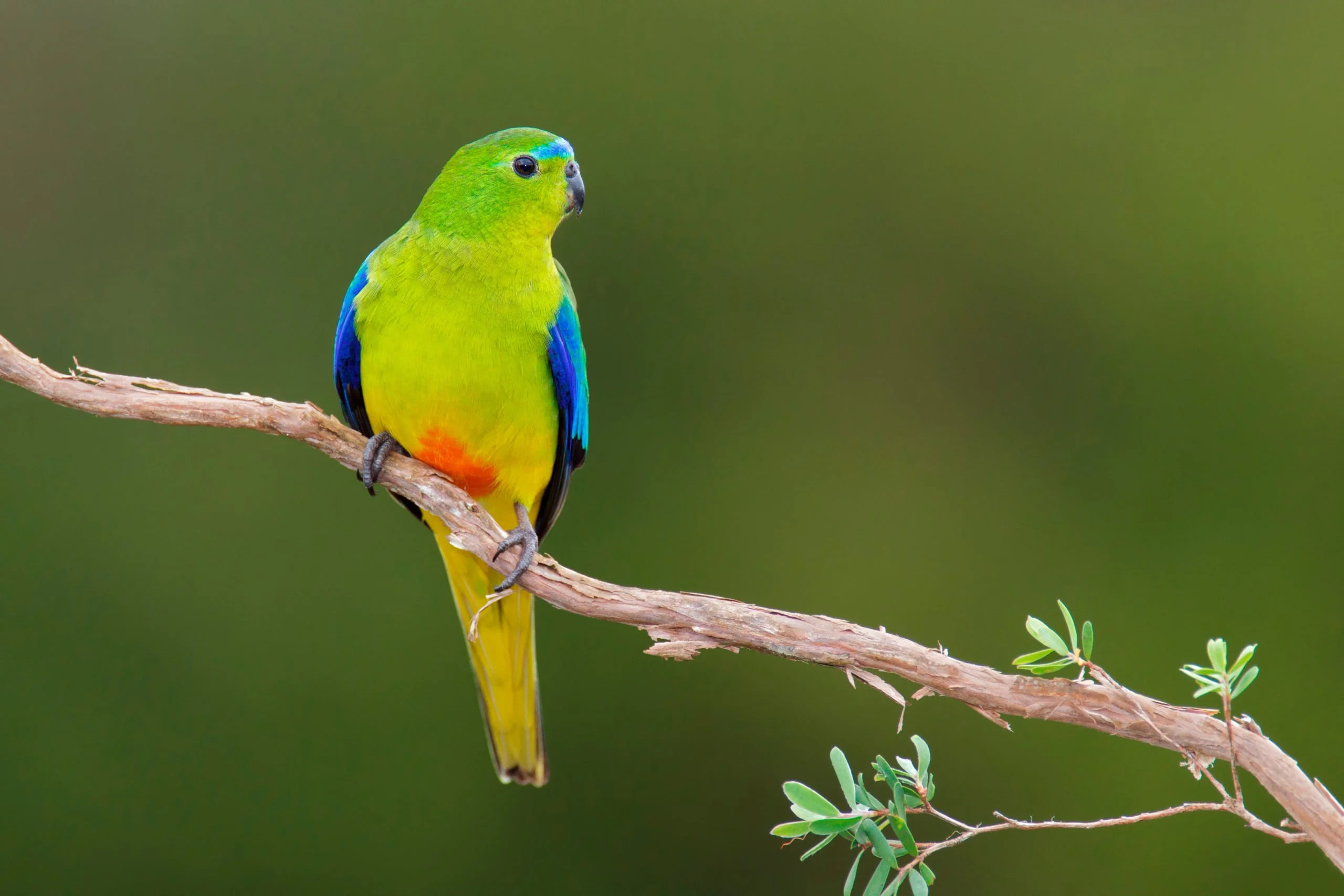 The other parrot, also migratory, the orange-bellied parrot is critically endangered. There are very few orange-bellied parrots left in the wild. Their last remaining breeding site is in the moorland and button grass around Birch’s inlet on the west coast of Tasmania. We once went searching for the parrot in this location; saw a great number of blue-winged parrots but sadly nothing with an orange belly – at least not a parrot.
The other parrot, also migratory, the orange-bellied parrot is critically endangered. There are very few orange-bellied parrots left in the wild. Their last remaining breeding site is in the moorland and button grass around Birch’s inlet on the west coast of Tasmania. We once went searching for the parrot in this location; saw a great number of blue-winged parrots but sadly nothing with an orange belly – at least not a parrot.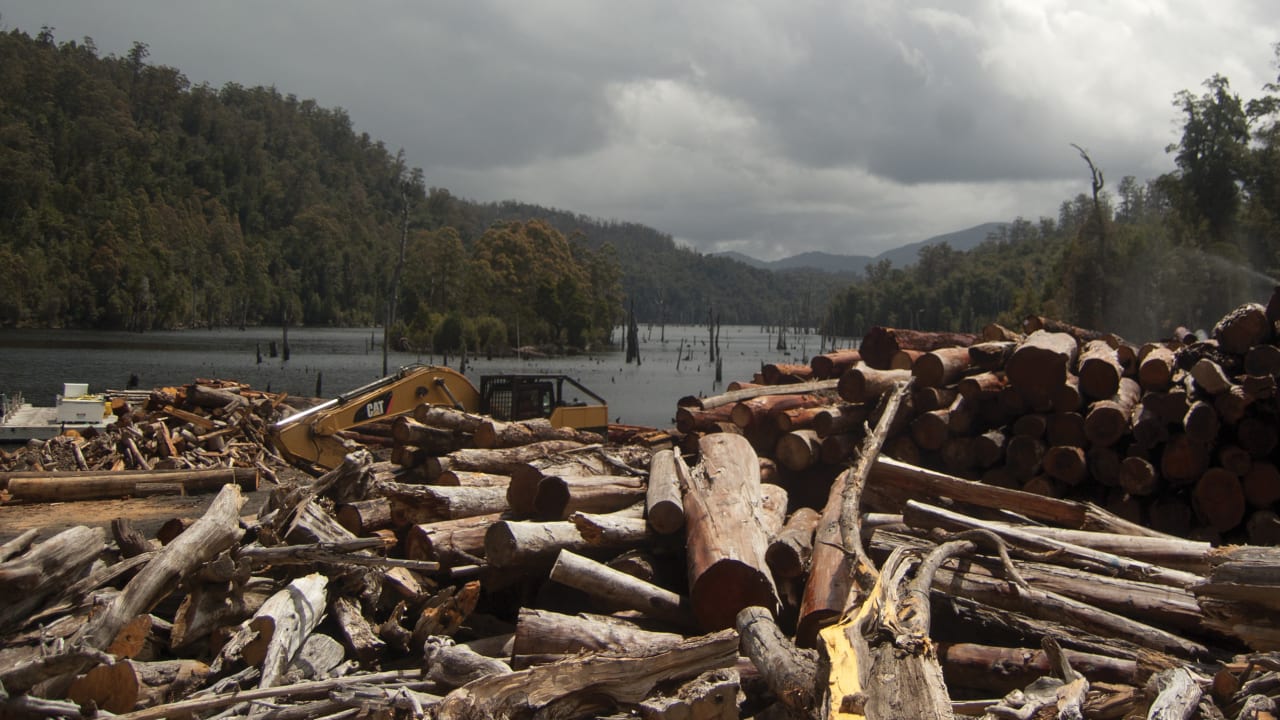
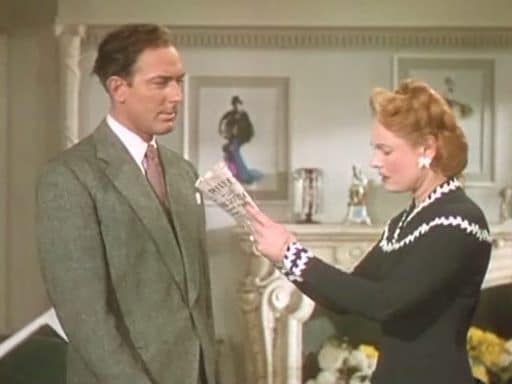
 Instead, I asked one of the staff very conversant with computer usage if he would accompany the doctor, who admitted that he had been accessing computers after hours. What he was doing was trying to find one where he could contact his sister in China. She wished to come to Australia to undertake a nursing course. He showed my colleague the computer which he had found enabled him to contact his sister in China, and the so-called porn glimpsed by the passing nursing staff was in fact pop-ups of Asian women in lingerie, incidental to his access. He had been successful in finding an appropriate computer, but I asked to see him.
Instead, I asked one of the staff very conversant with computer usage if he would accompany the doctor, who admitted that he had been accessing computers after hours. What he was doing was trying to find one where he could contact his sister in China. She wished to come to Australia to undertake a nursing course. He showed my colleague the computer which he had found enabled him to contact his sister in China, and the so-called porn glimpsed by the passing nursing staff was in fact pop-ups of Asian women in lingerie, incidental to his access. He had been successful in finding an appropriate computer, but I asked to see him.
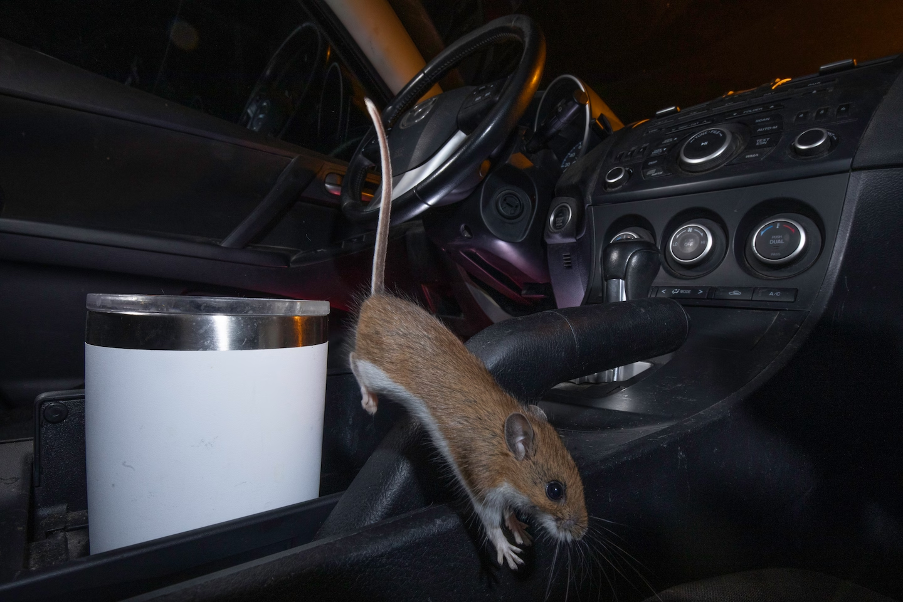
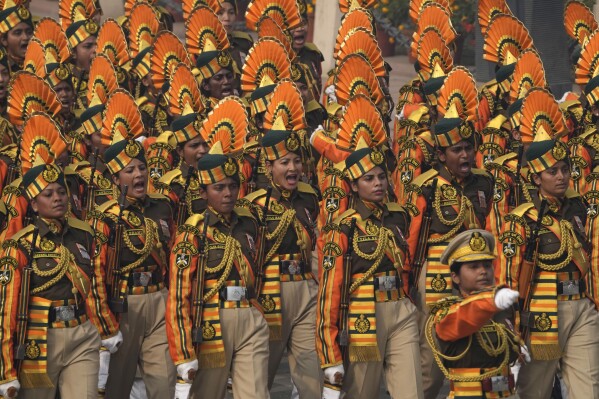
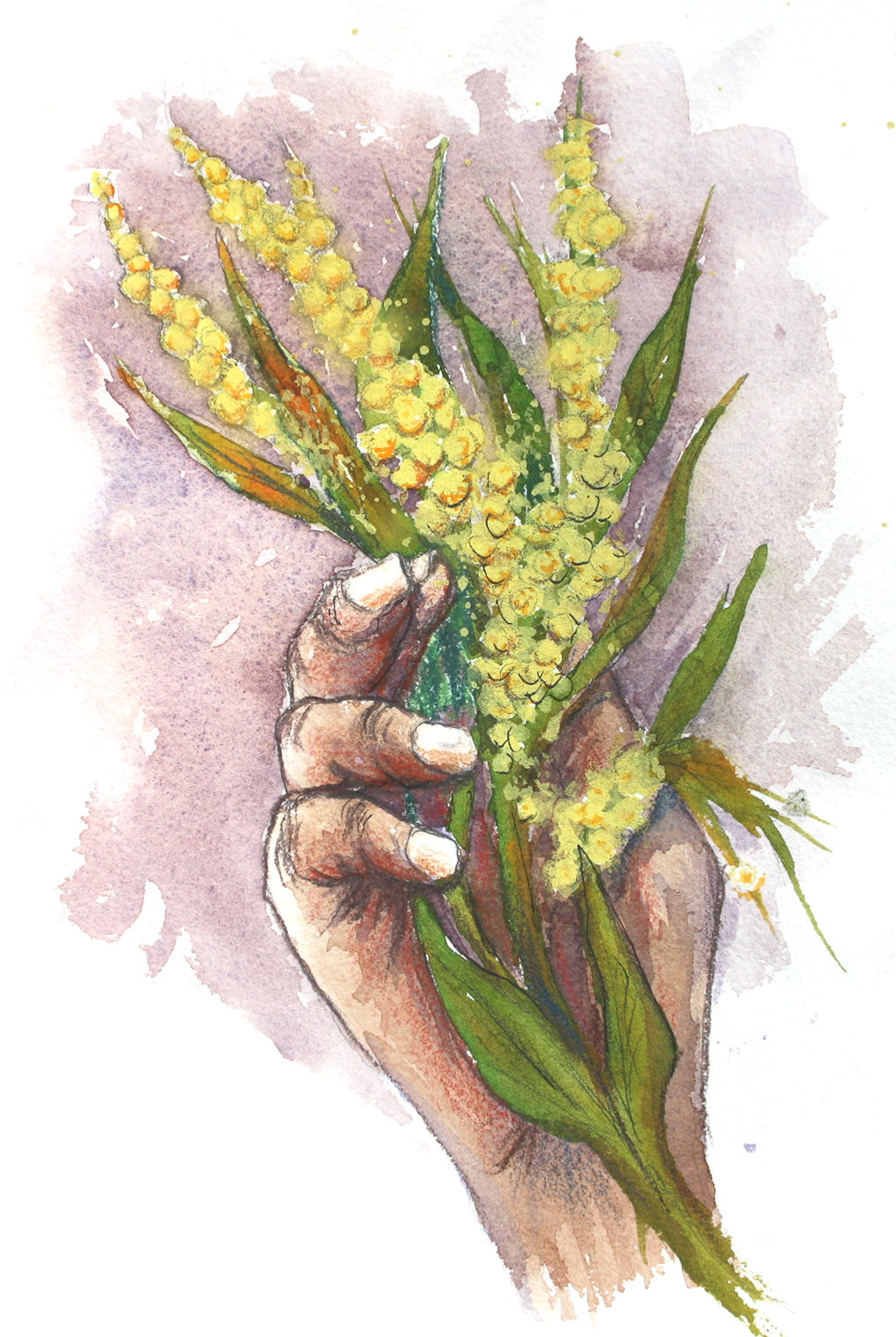

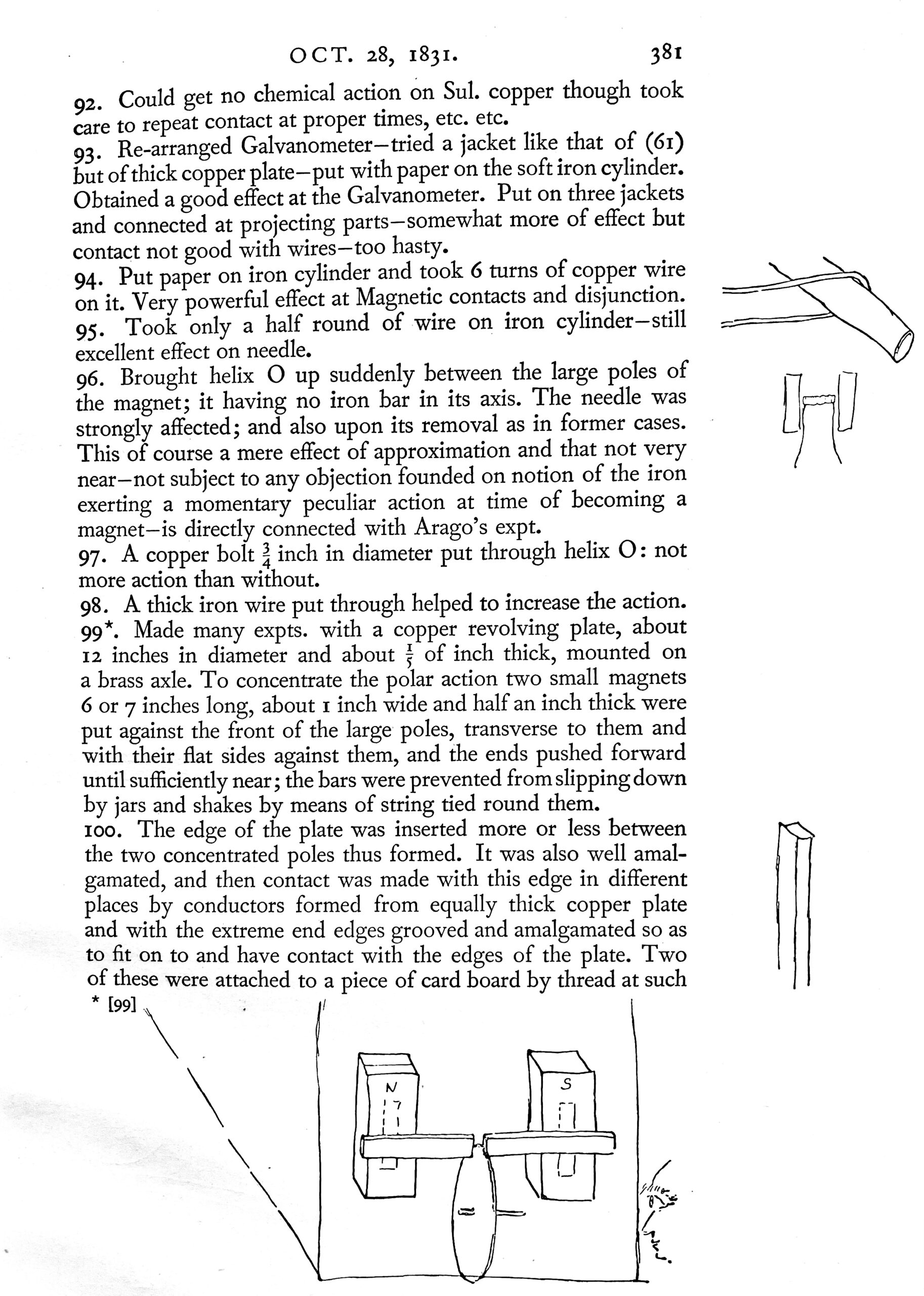 Later, in experiments on October 28, also reprinted from Faraday’s Diary, Faraday explained the Arago effect by showing that relative motion between magnet and copper disk inevitably set up currents in the metal of the disk which, in turn, reacted on the magnet pole with mutual forces tending to diminish the relative motion—that is, tending to drag the stationary part (whether magnet or disk) in the direction of the moving part, and tending always to oppose the motion of the moving part. In effect this demonstrated electro-magnetic induction.
Later, in experiments on October 28, also reprinted from Faraday’s Diary, Faraday explained the Arago effect by showing that relative motion between magnet and copper disk inevitably set up currents in the metal of the disk which, in turn, reacted on the magnet pole with mutual forces tending to diminish the relative motion—that is, tending to drag the stationary part (whether magnet or disk) in the direction of the moving part, and tending always to oppose the motion of the moving part. In effect this demonstrated electro-magnetic induction.
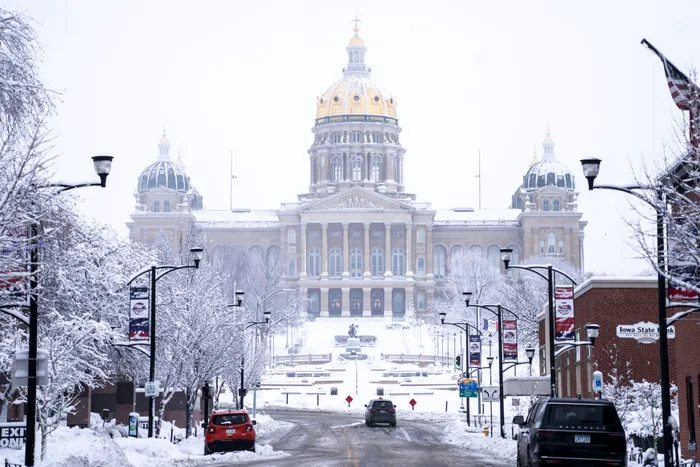
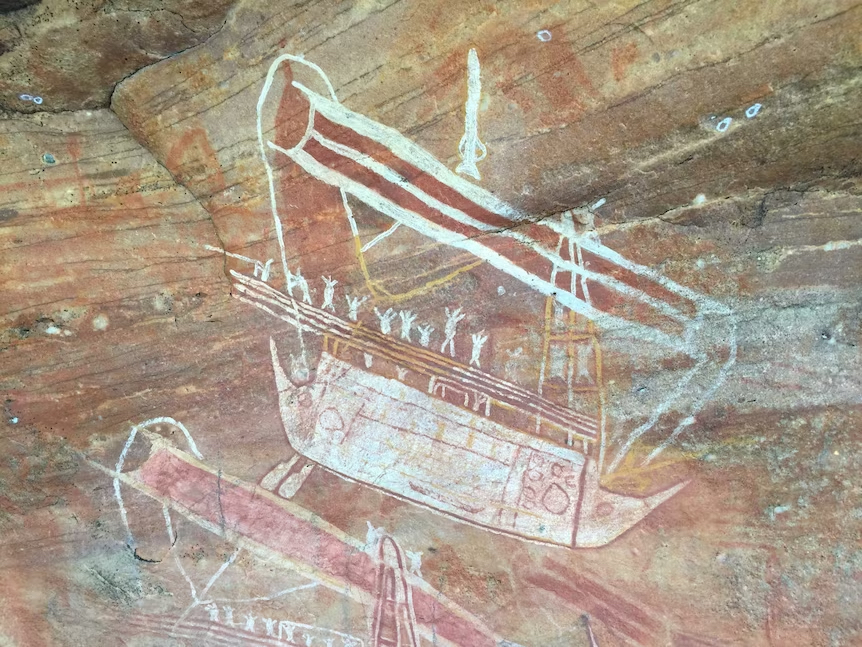
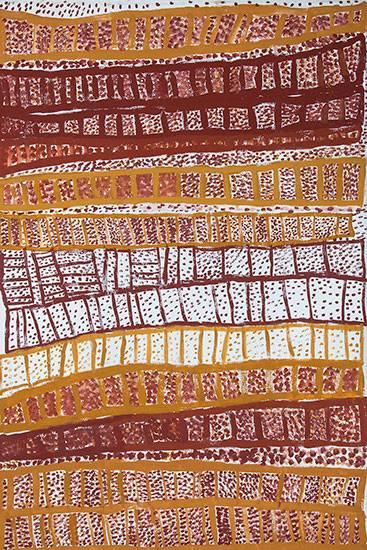
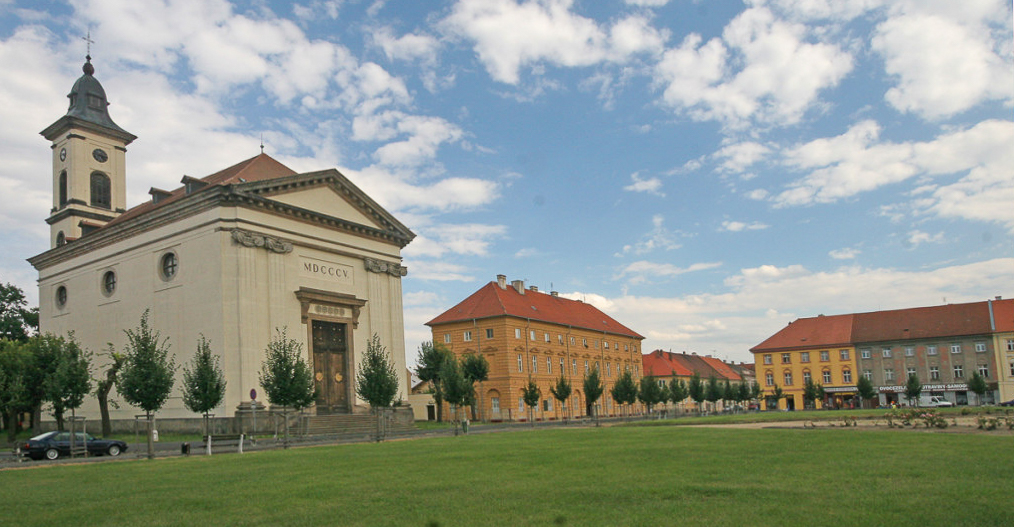
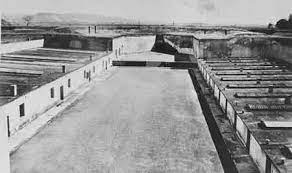
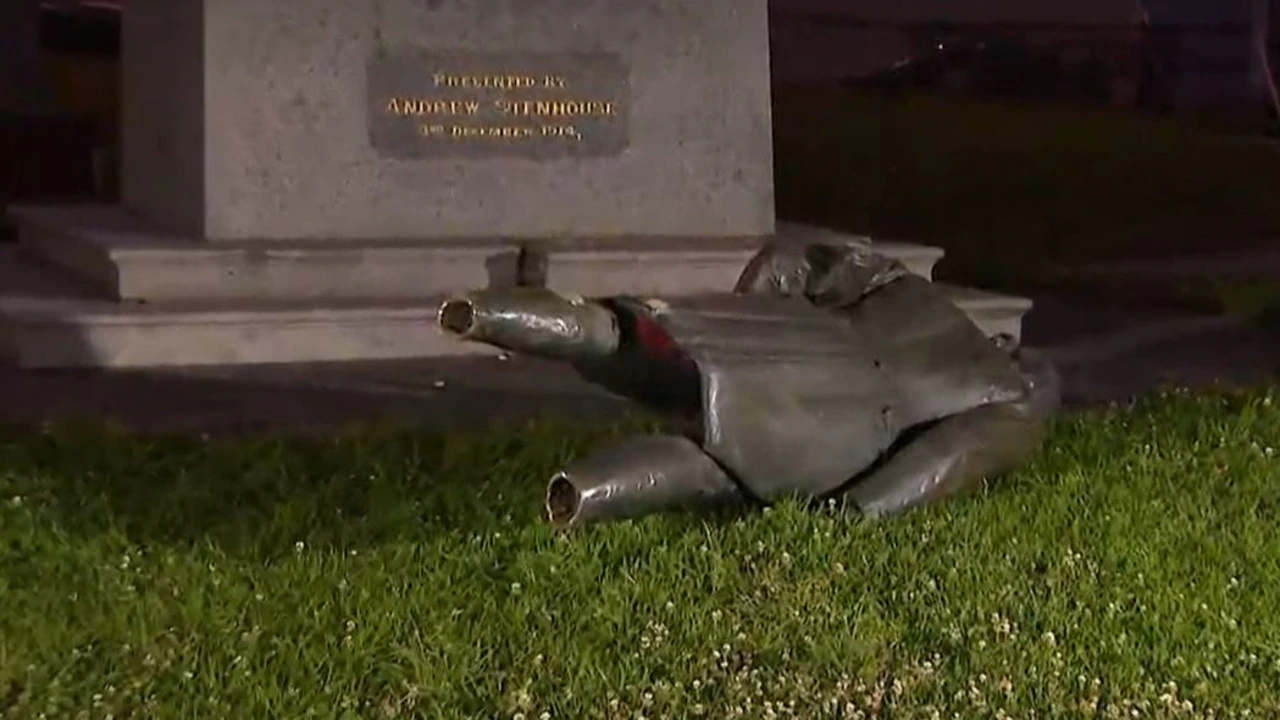
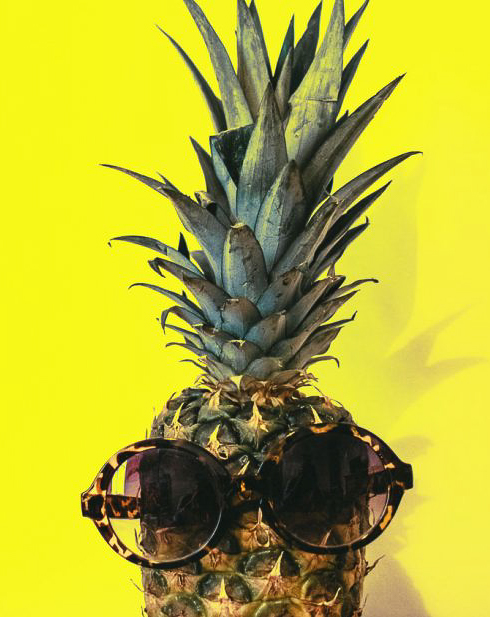 Dutton, you should grow up, and address measured analyses such as that projected by John Quiggin as the Government seems to have done; instead of roaming around devising the heraldic symbols on the Dutton shield. A pineapple rampant?
Dutton, you should grow up, and address measured analyses such as that projected by John Quiggin as the Government seems to have done; instead of roaming around devising the heraldic symbols on the Dutton shield. A pineapple rampant?

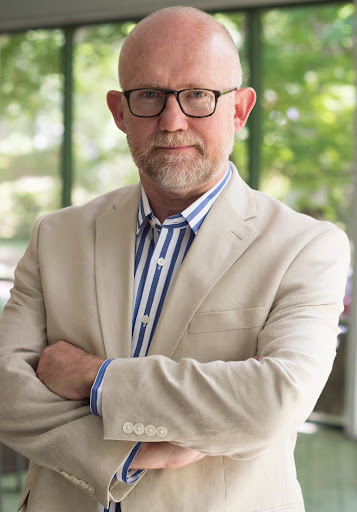

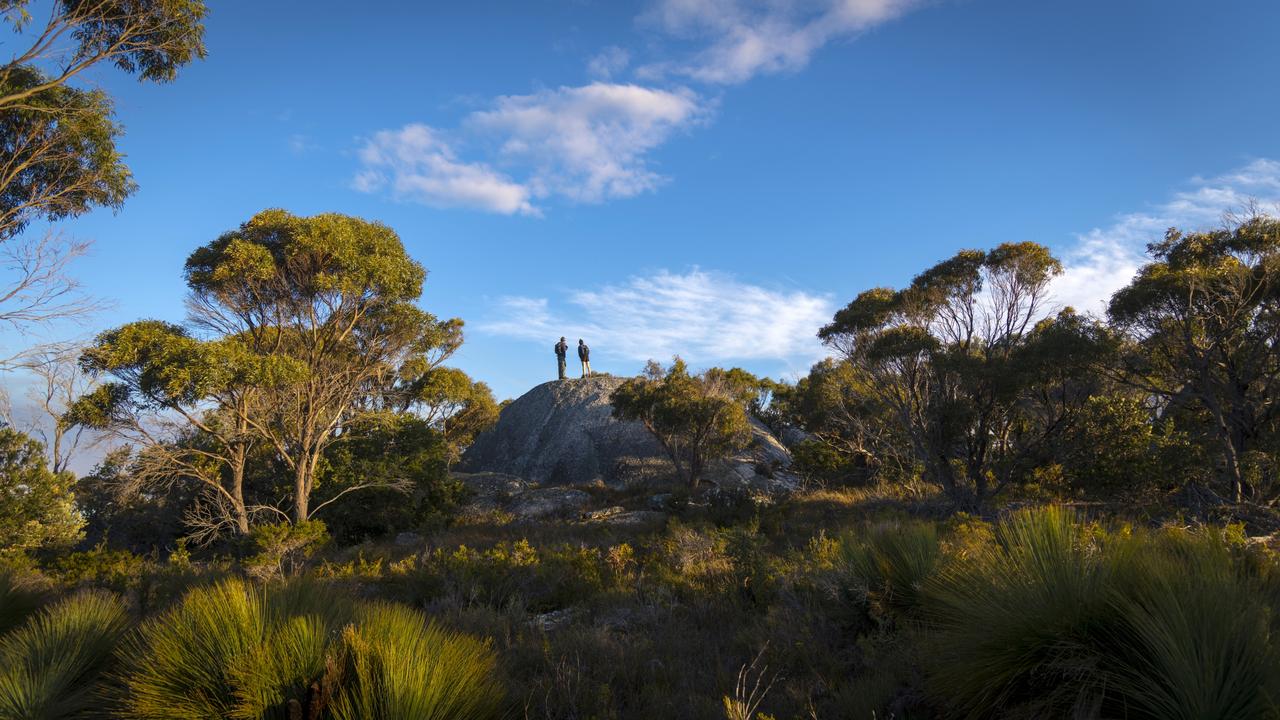
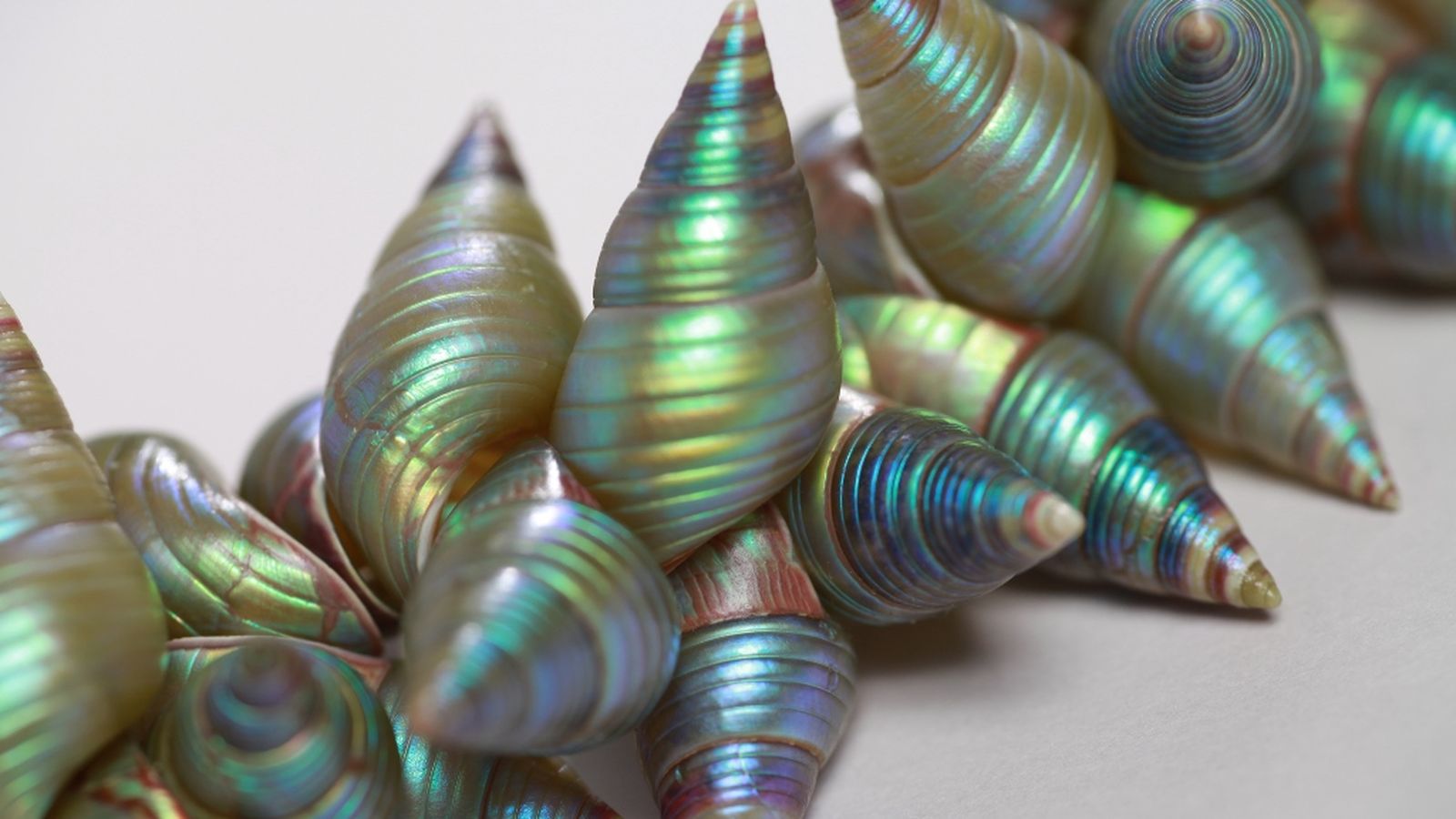
 Winter in Moscow is a time for parties. A friend told me recently about a particularly lavish one he went to in a nightclub. DJs played hypnotic psychedelic trance, champagne flowed and red lights strobed across the heaving dancefloor. Nearly two years into the war in Ukraine, Muscovites seem to be recovering their capacity for hedonism.
Winter in Moscow is a time for parties. A friend told me recently about a particularly lavish one he went to in a nightclub. DJs played hypnotic psychedelic trance, champagne flowed and red lights strobed across the heaving dancefloor. Nearly two years into the war in Ukraine, Muscovites seem to be recovering their capacity for hedonism.
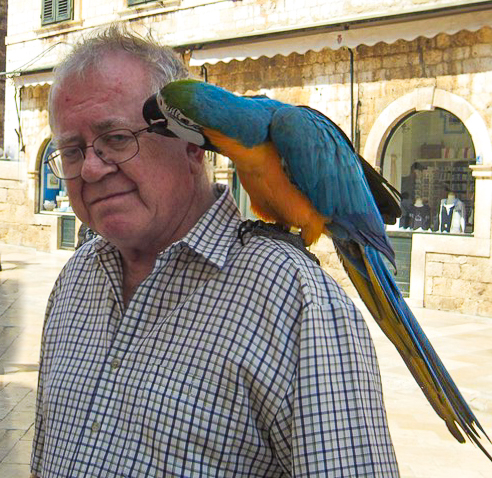 Macaws are a bird too often kept in captivity. There is a picture of a blue-yellow macaw perched on my shoulder attacking my glasses. Such birds are used by an itinerant gypsy, in this case not unsurprisingly a guy dressed as a pirate complete with bandana and gold earring. This happened in Dubrovnik, and I forget how much was paid by my companion for me to be so immortalised.
Macaws are a bird too often kept in captivity. There is a picture of a blue-yellow macaw perched on my shoulder attacking my glasses. Such birds are used by an itinerant gypsy, in this case not unsurprisingly a guy dressed as a pirate complete with bandana and gold earring. This happened in Dubrovnik, and I forget how much was paid by my companion for me to be so immortalised.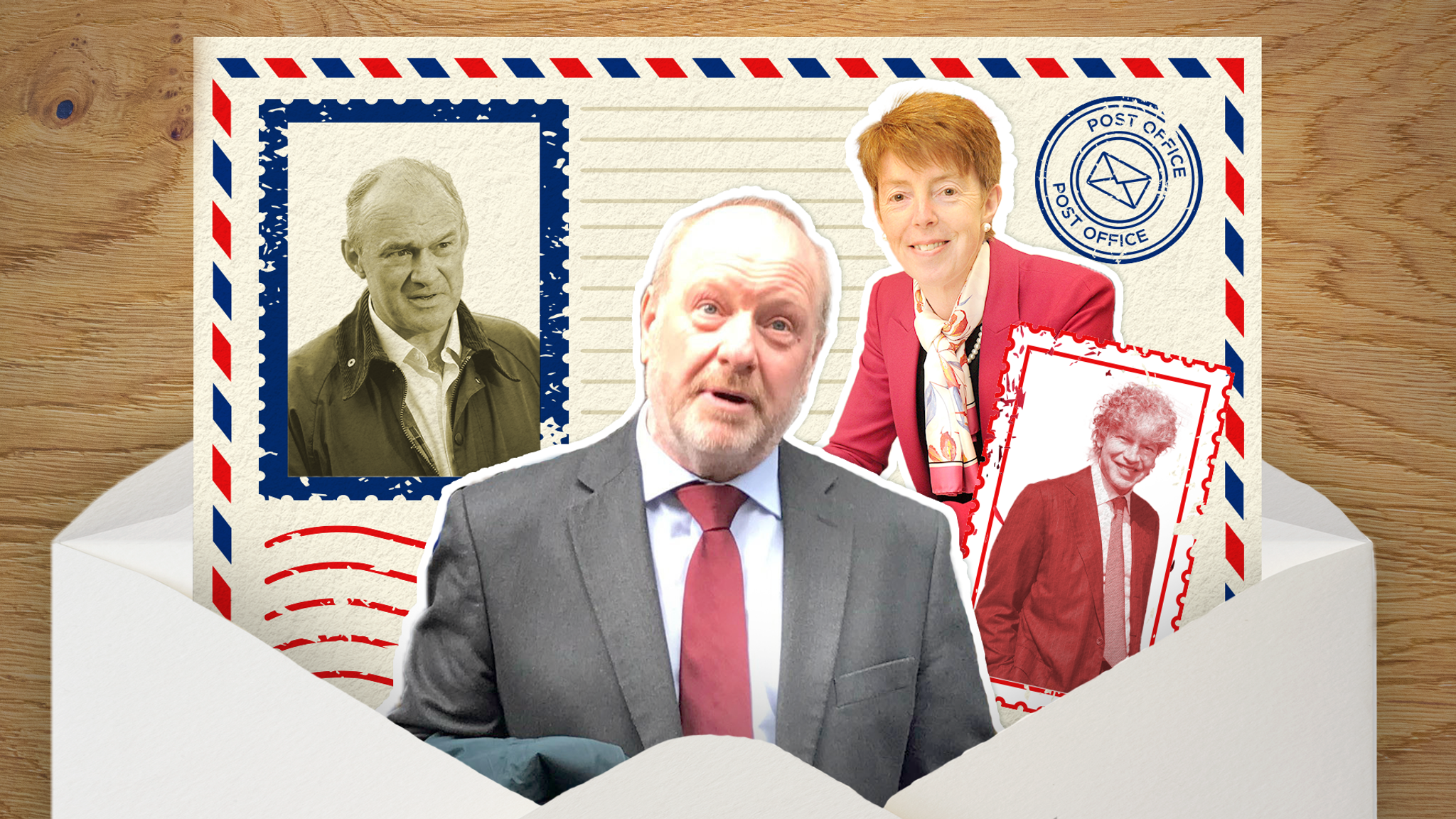 It was Fujitsu which created the defective computer program that saw the prosecution of more than 900 workers falsely accused of stealing money from post offices. This disgraceful episode which has resulted in legislation being brought in by the UK Parliament to overturn the convictions, was brought to light by a TV program, not government investigation.
It was Fujitsu which created the defective computer program that saw the prosecution of more than 900 workers falsely accused of stealing money from post offices. This disgraceful episode which has resulted in legislation being brought in by the UK Parliament to overturn the convictions, was brought to light by a TV program, not government investigation. Come to think of it, why is Blagden still a commoner? He has certainly contributed enough to be a peer.
Come to think of it, why is Blagden still a commoner? He has certainly contributed enough to be a peer.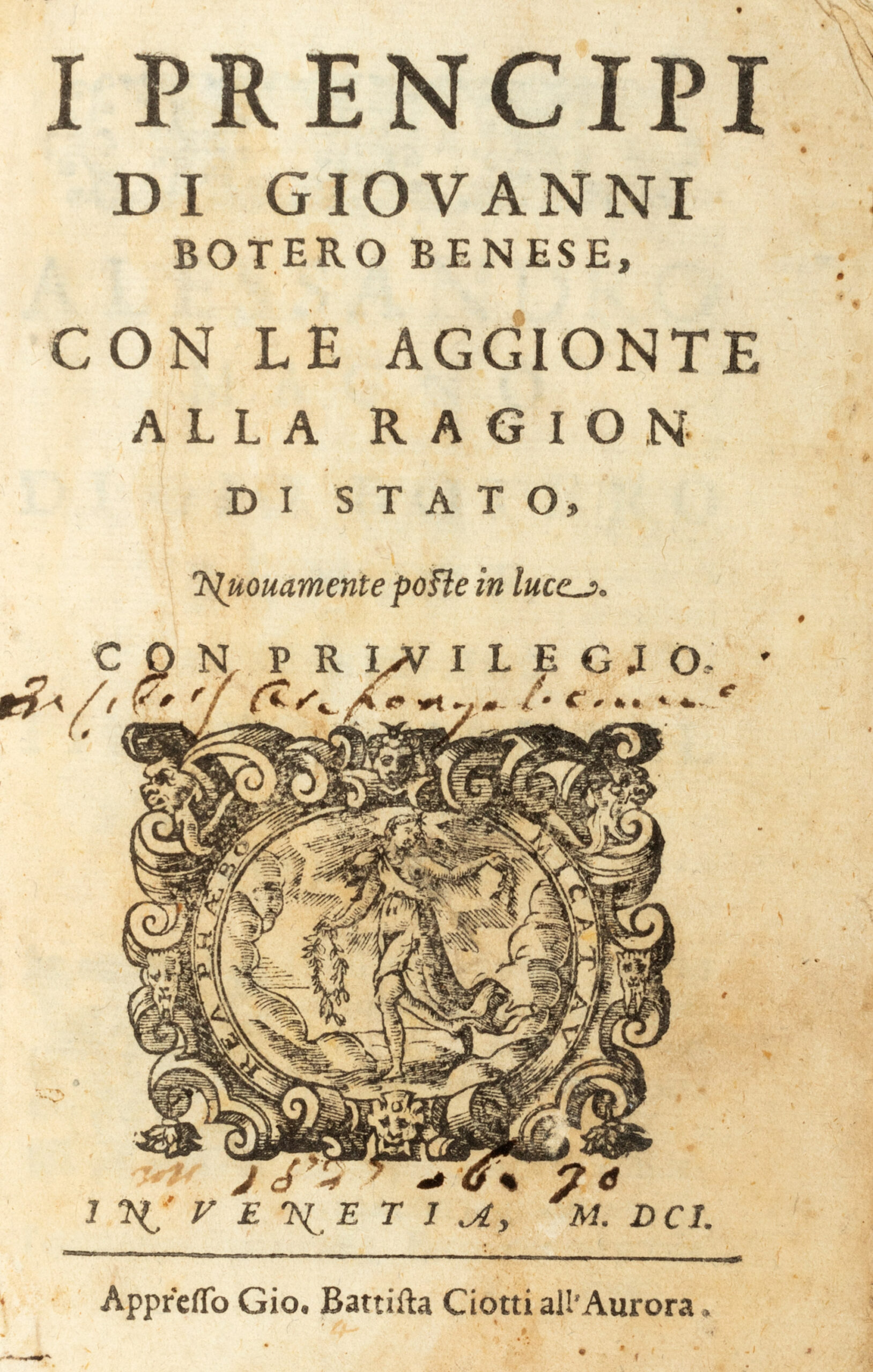

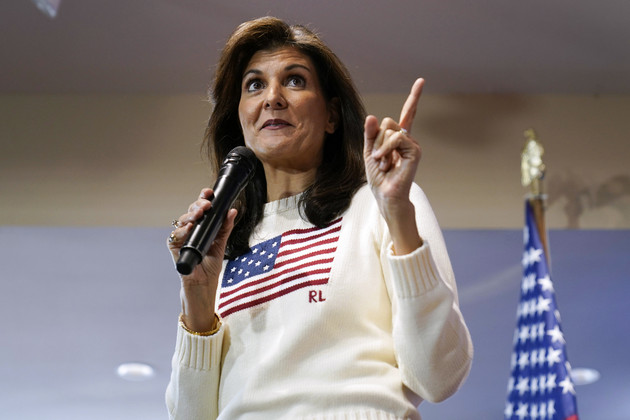 In Iowa, Trump has almost assumed to be the winner, while the only two realistic challengers, Governor Ron DeSantis and former Governor Nikki Haley are denigrating one another. Nevertheless, in realistic terms are these two contesting the position of Trump’s running mate? I have incidentally dismissed the third remaining candidate, Vivek Ganapathy Ramaswamy. Nevertheless, in the crazy pattern of Republican politics, he may bob up a Hindu of Tamil heritage.
In Iowa, Trump has almost assumed to be the winner, while the only two realistic challengers, Governor Ron DeSantis and former Governor Nikki Haley are denigrating one another. Nevertheless, in realistic terms are these two contesting the position of Trump’s running mate? I have incidentally dismissed the third remaining candidate, Vivek Ganapathy Ramaswamy. Nevertheless, in the crazy pattern of Republican politics, he may bob up a Hindu of Tamil heritage.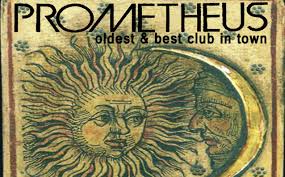 As the bloke in the Prometheus pub, butting his fag out on the floor said as he picked up his schooner: “That Haley, she’s one tough sheila!”. He drank his beer and looked out into the encroaching global desert where there was once a freshwater lake. He repeated “One tough sheila! Couldn’t care a fuchsia about anybody else, least of all Planet Earth.”
As the bloke in the Prometheus pub, butting his fag out on the floor said as he picked up his schooner: “That Haley, she’s one tough sheila!”. He drank his beer and looked out into the encroaching global desert where there was once a freshwater lake. He repeated “One tough sheila! Couldn’t care a fuchsia about anybody else, least of all Planet Earth.”
 Denmark now has an Australian-born queen who exudes an elegance no more so than when she was giving, in front of the Danish dinner audience, a gentle roast of her husband on his 50th birthday. It was given in fluent Danish and without any trace of an Australian accent.
Denmark now has an Australian-born queen who exudes an elegance no more so than when she was giving, in front of the Danish dinner audience, a gentle roast of her husband on his 50th birthday. It was given in fluent Danish and without any trace of an Australian accent.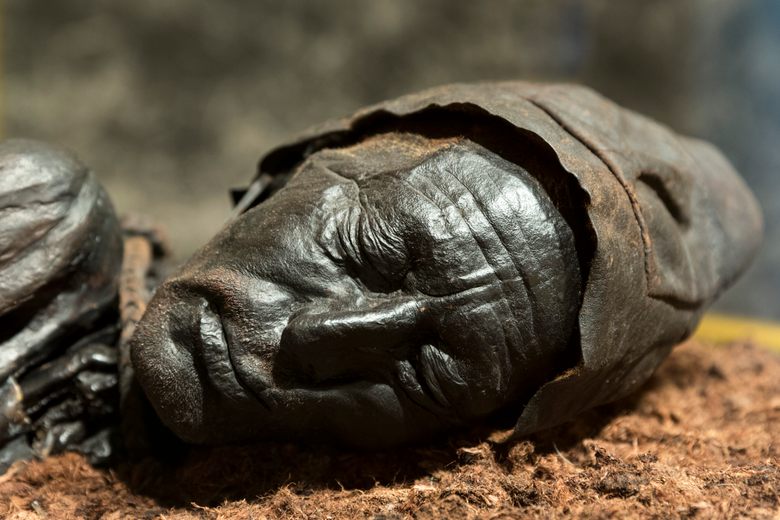
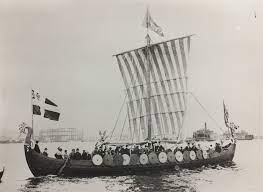 It reminds one that the Danes have form, as the implicit threat in the quoted comment above which got me thinking about the Danes’ contribution to civilisation: You have been warned. Don’t make us come over there.
It reminds one that the Danes have form, as the implicit threat in the quoted comment above which got me thinking about the Danes’ contribution to civilisation: You have been warned. Don’t make us come over there.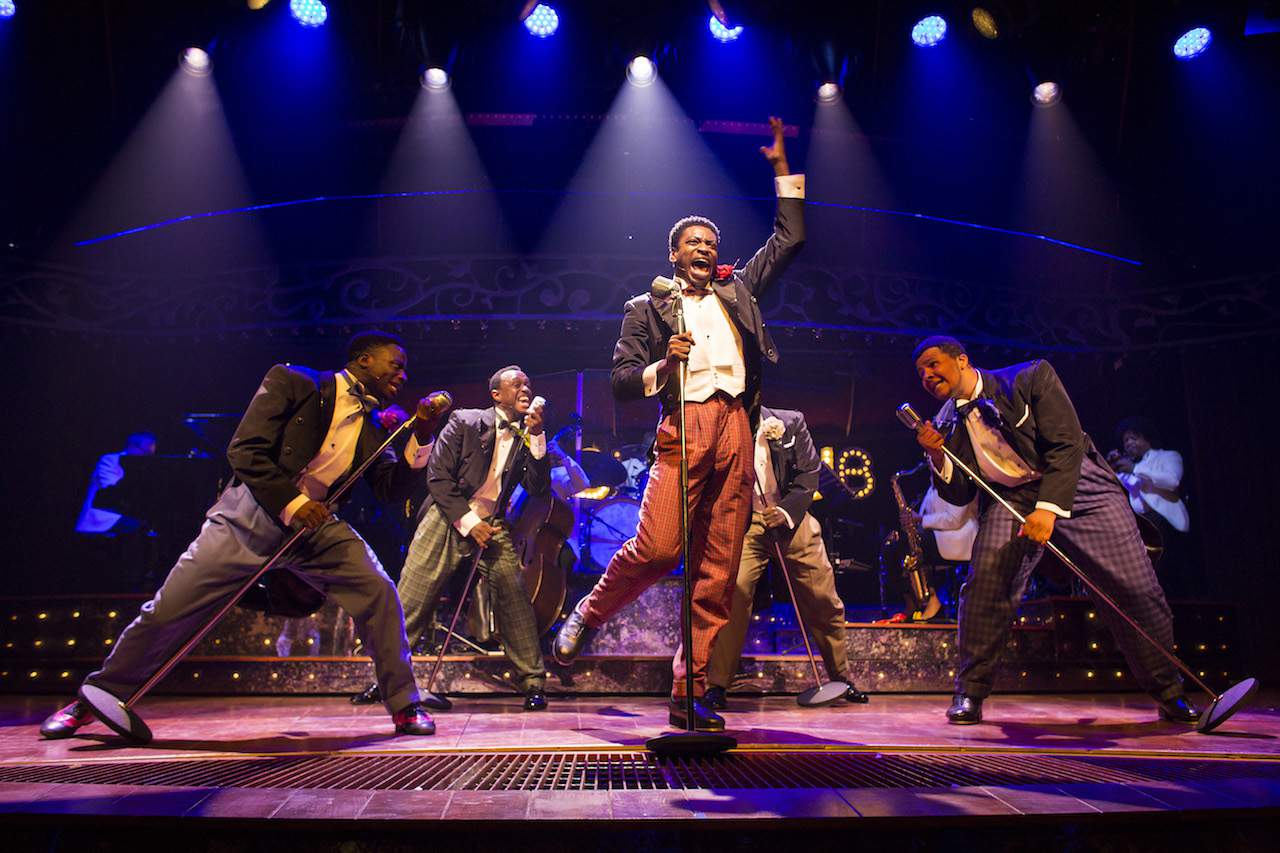
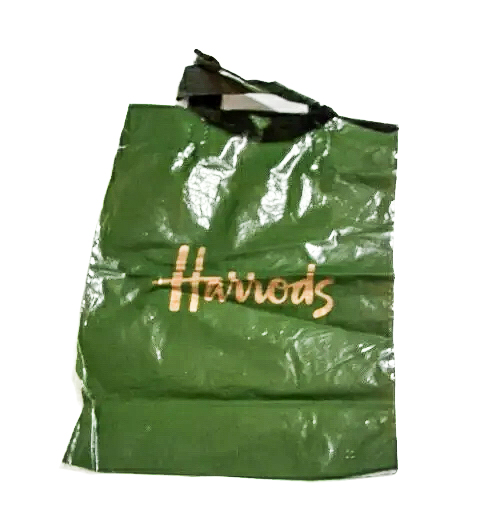
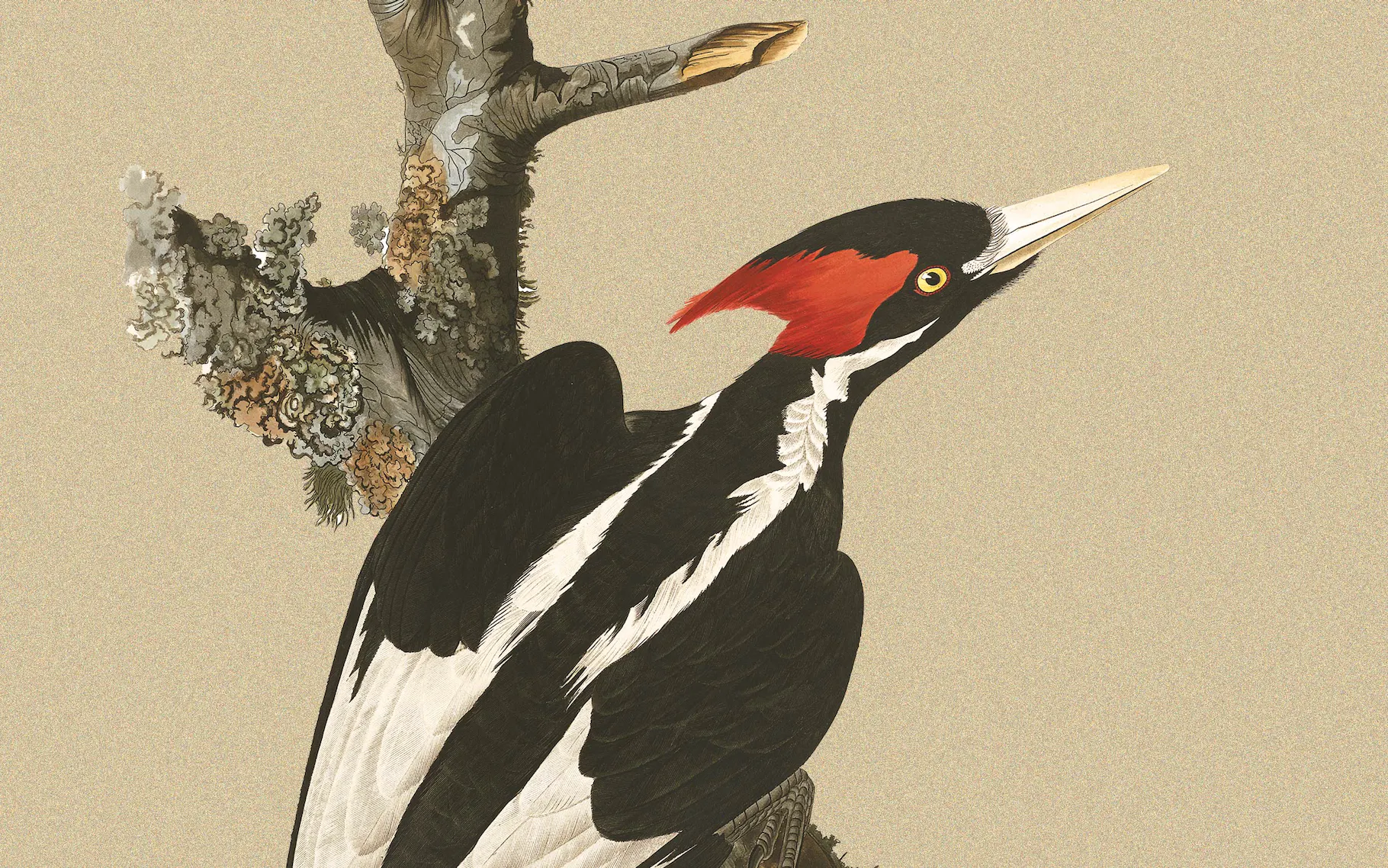
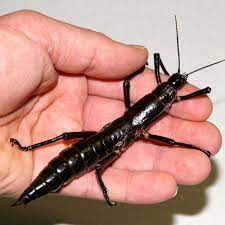 In Australia in recent times the discovery of the Lord Howe Stick Insect, the so-called “tree lobster”, was thought to be hunted to extinction by rats which came ashore from a wrecked ship in 1918, and wreaked havoc. The insects were thought extinct until three were found on a nearby island, Ball’s Pyramid and nurtured back to reasonable level through an Australian-based effort and reintroduction to the island.
In Australia in recent times the discovery of the Lord Howe Stick Insect, the so-called “tree lobster”, was thought to be hunted to extinction by rats which came ashore from a wrecked ship in 1918, and wreaked havoc. The insects were thought extinct until three were found on a nearby island, Ball’s Pyramid and nurtured back to reasonable level through an Australian-based effort and reintroduction to the island.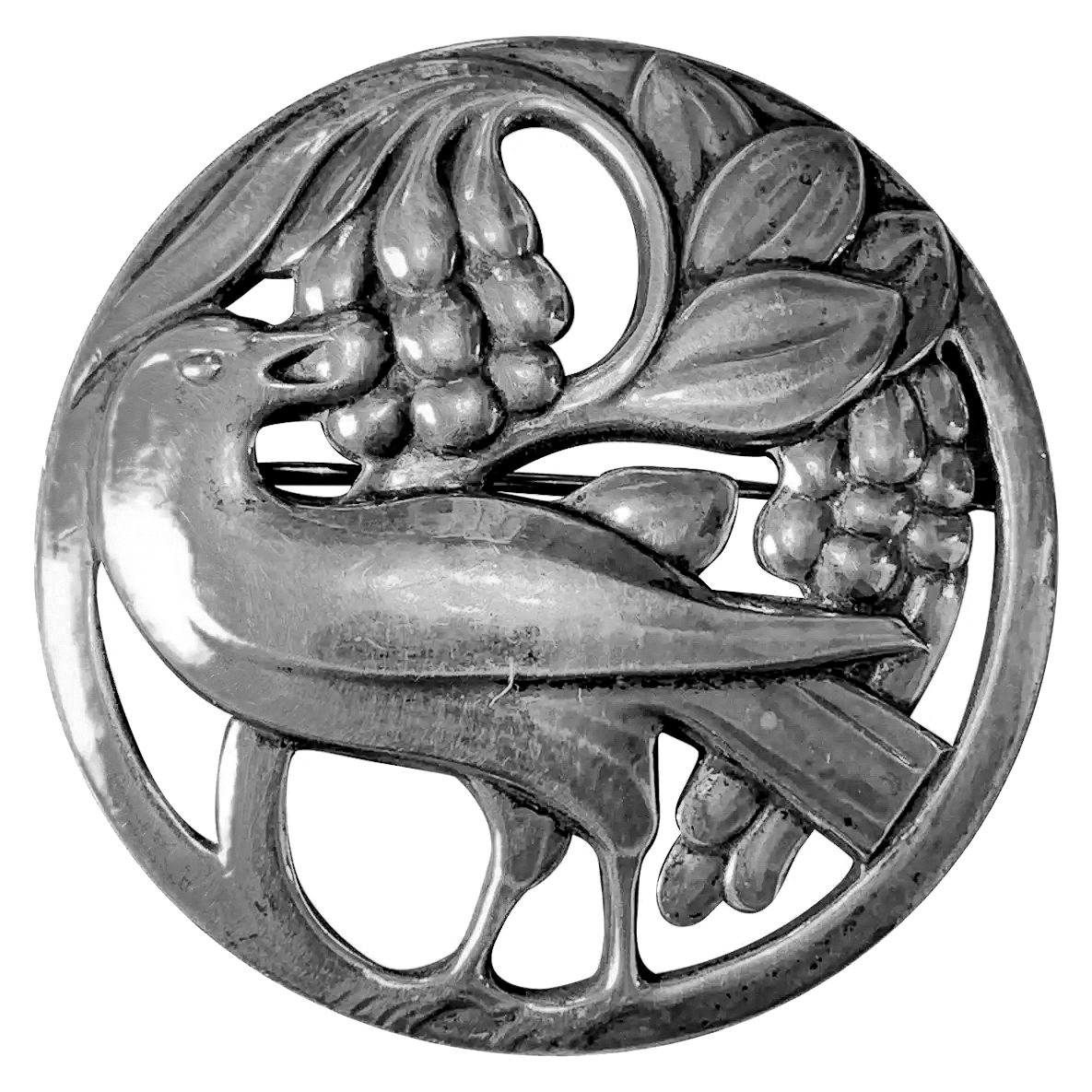
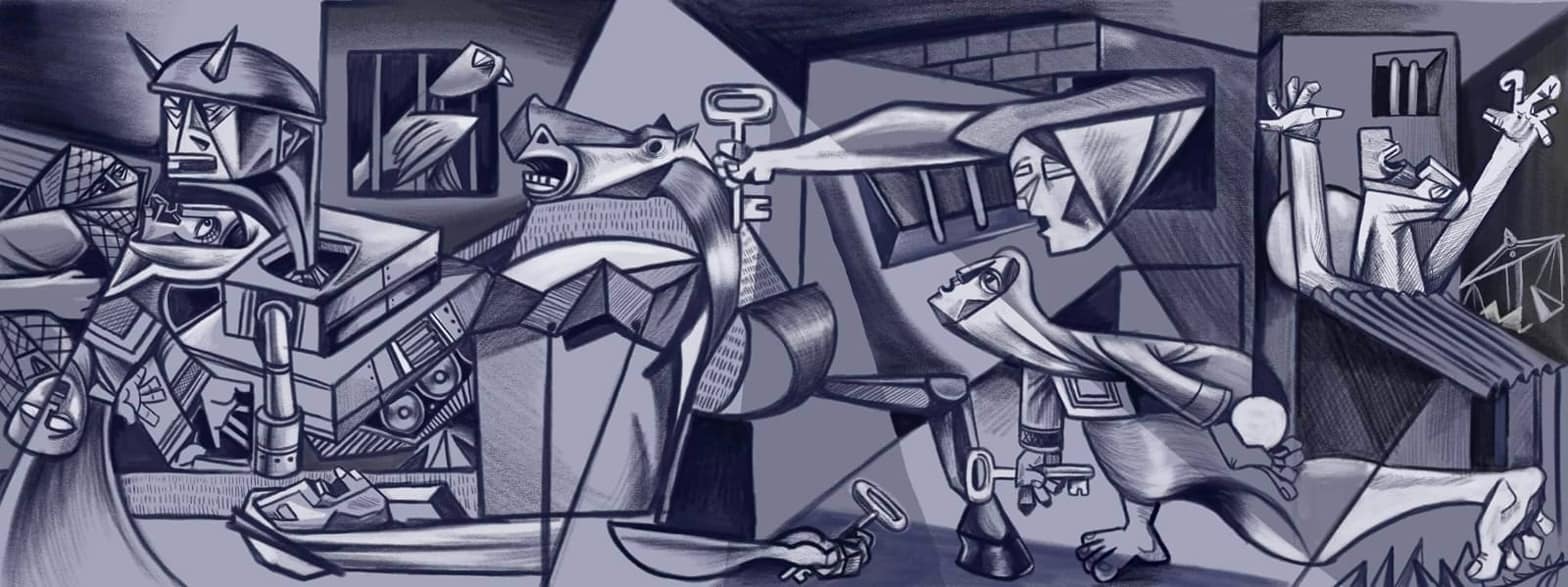 Remembering Guernica. A Palestinian, Mohammed Saabinah updates Guernica; courtesy Washington Post.
Remembering Guernica. A Palestinian, Mohammed Saabinah updates Guernica; courtesy Washington Post. As reported in the Boston Globe, among the strangest case studies (this one published in 2020) was the man who died from eating too much liquorice. The 54-year-old had a poor diet, ate mostly lollies, and had recently switched to consuming two to three bags of black liquorice a day. But the case pointed to the hazards of glycyrrhizic acid, a plant extract found in liquorice. If taken in large quantities, the substance can cause potassium levels to plummet, which in this case prompted a cardiac arrest.
As reported in the Boston Globe, among the strangest case studies (this one published in 2020) was the man who died from eating too much liquorice. The 54-year-old had a poor diet, ate mostly lollies, and had recently switched to consuming two to three bags of black liquorice a day. But the case pointed to the hazards of glycyrrhizic acid, a plant extract found in liquorice. If taken in large quantities, the substance can cause potassium levels to plummet, which in this case prompted a cardiac arrest.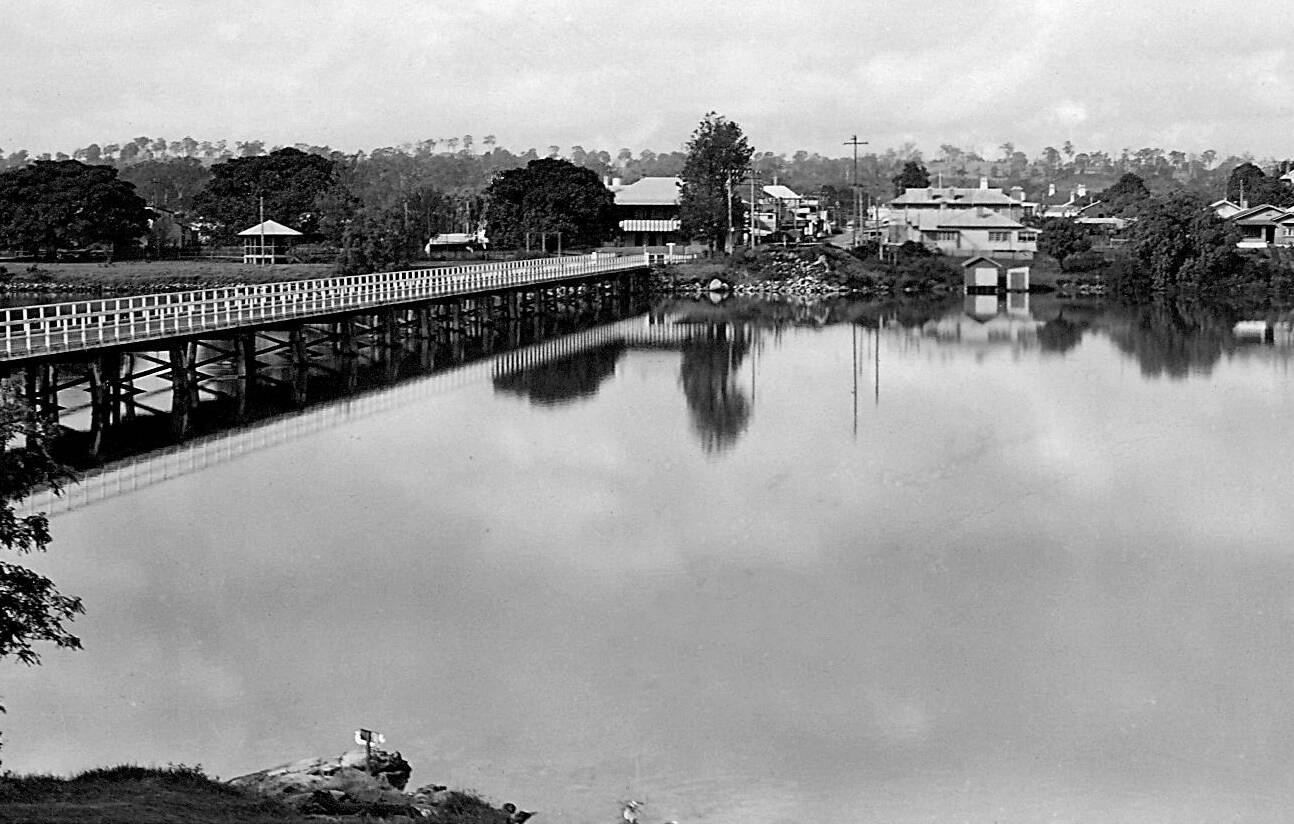
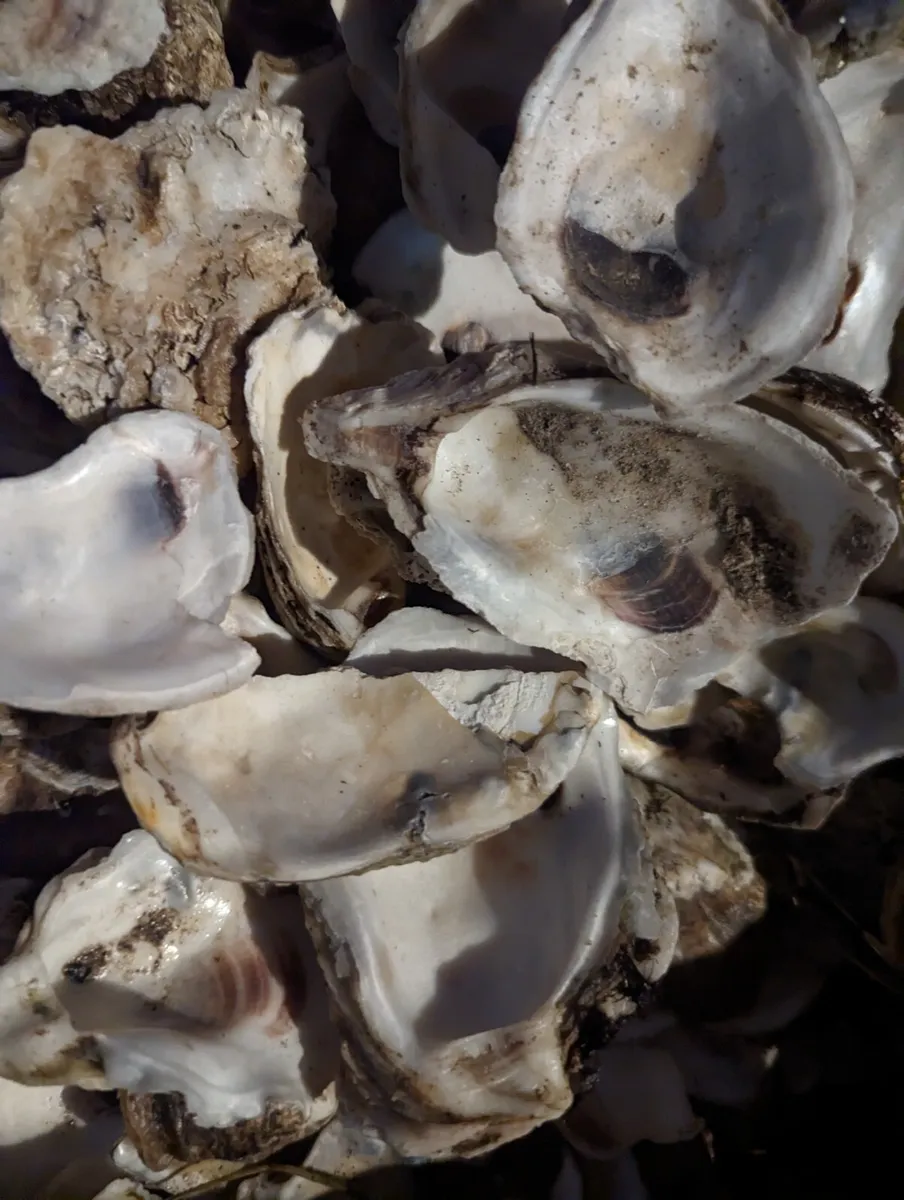 My parents discovered the town after the War, when they used to drive to Sydney at Christmas or during school holidays. They enjoyed being able to go to the Government wall there, with their special short blade knife, a pepper shaker and a lemon or two and feast on the rock oysters clinging to the wall. I watched, wondering why my parents wanted to eat these revolting looking slime in a shell. They looked resignedly at my screwed-up face, and I remember my father saying to my mother, “He’ll learn.” No truer word said as now I’ve been known to wolf down a dozen rock oysters barely taking breath.
My parents discovered the town after the War, when they used to drive to Sydney at Christmas or during school holidays. They enjoyed being able to go to the Government wall there, with their special short blade knife, a pepper shaker and a lemon or two and feast on the rock oysters clinging to the wall. I watched, wondering why my parents wanted to eat these revolting looking slime in a shell. They looked resignedly at my screwed-up face, and I remember my father saying to my mother, “He’ll learn.” No truer word said as now I’ve been known to wolf down a dozen rock oysters barely taking breath.